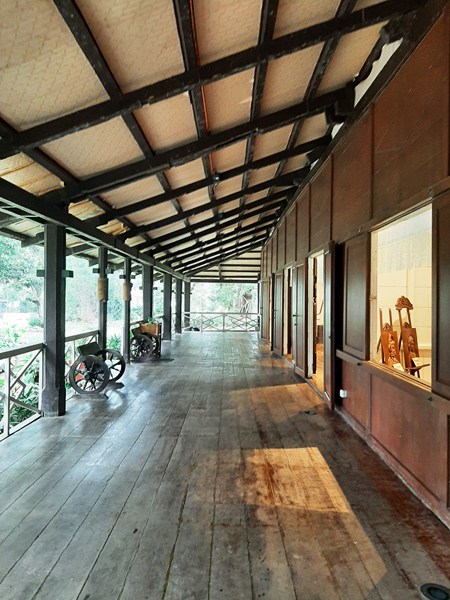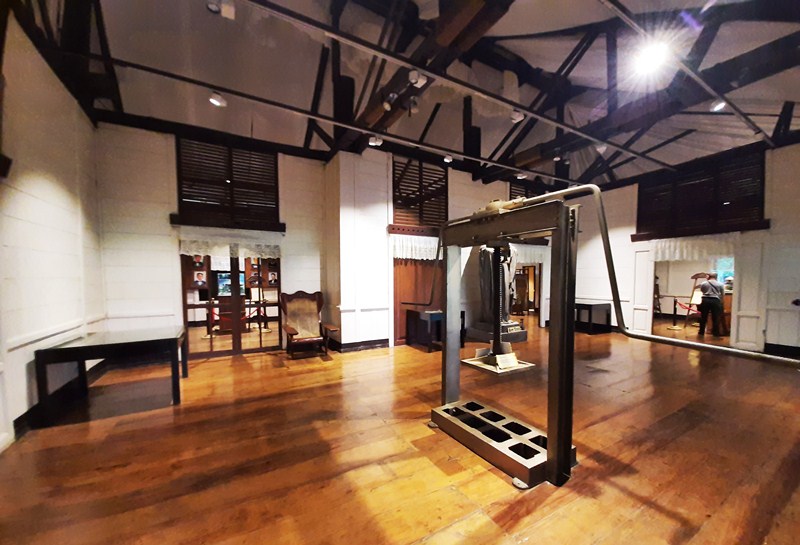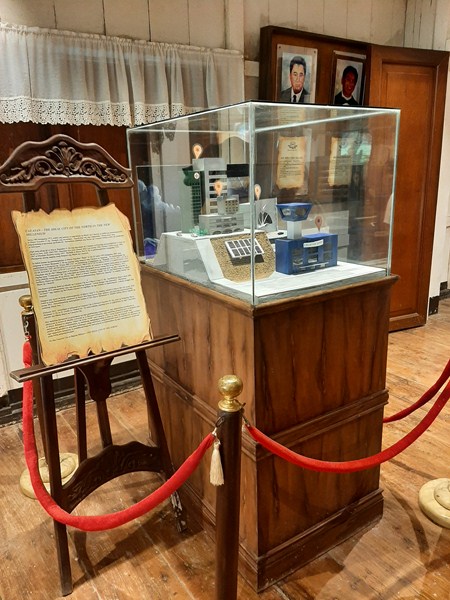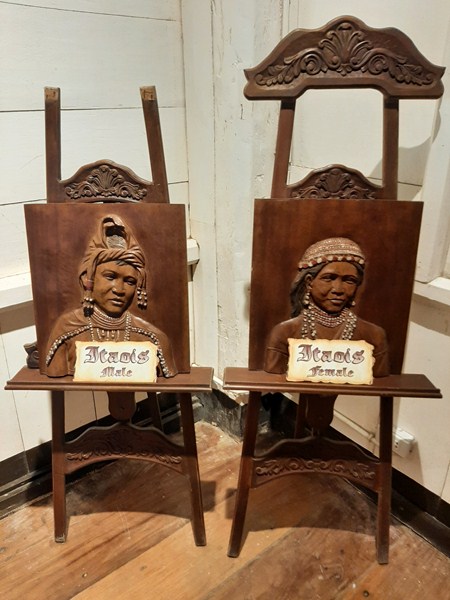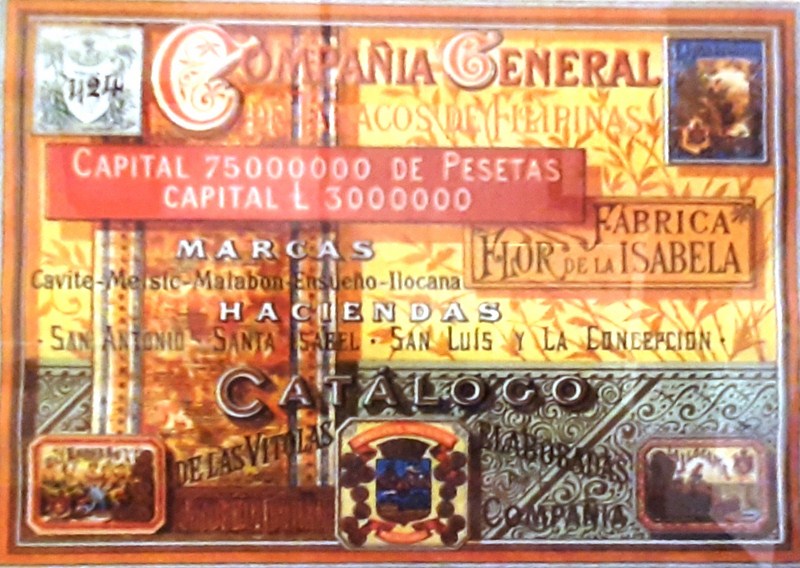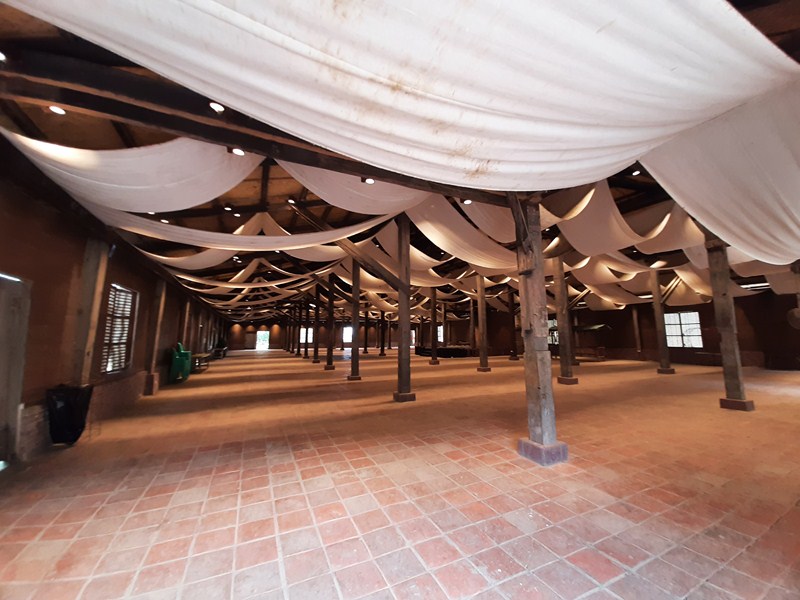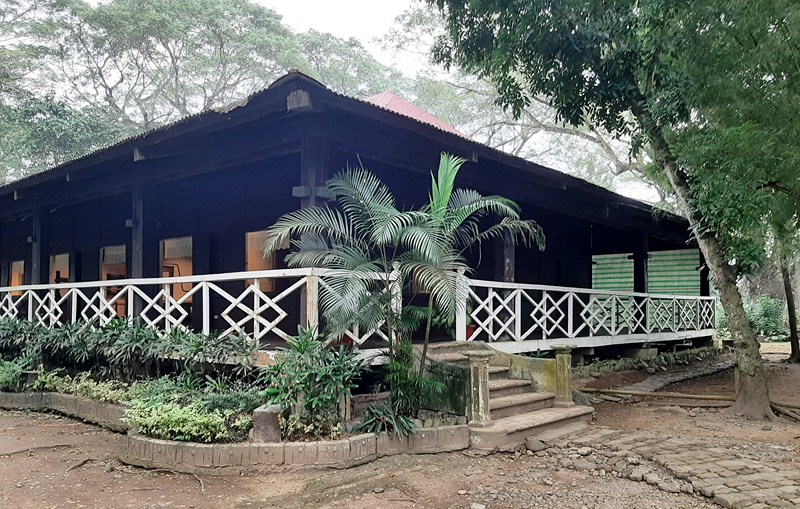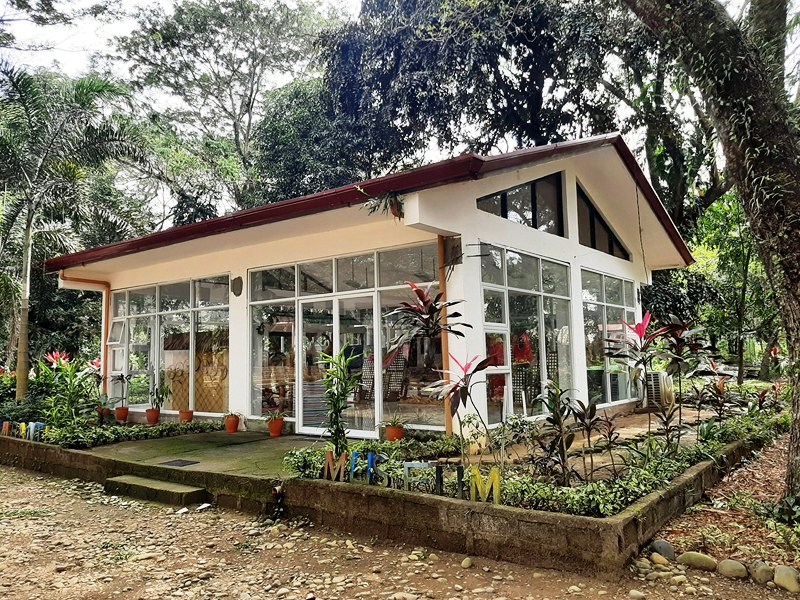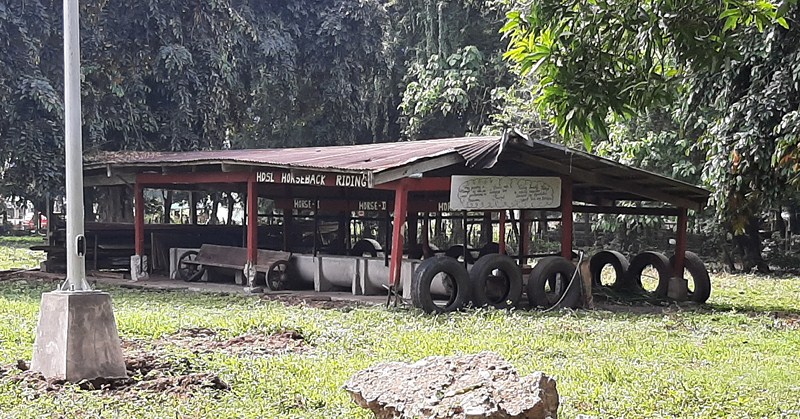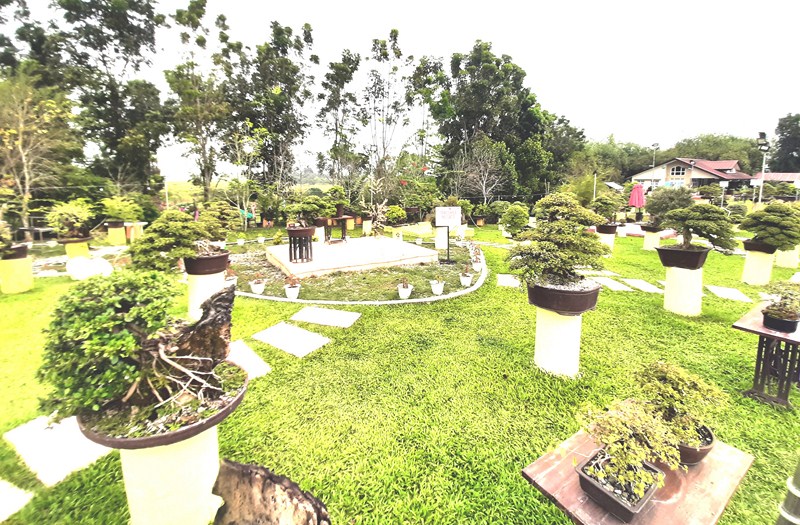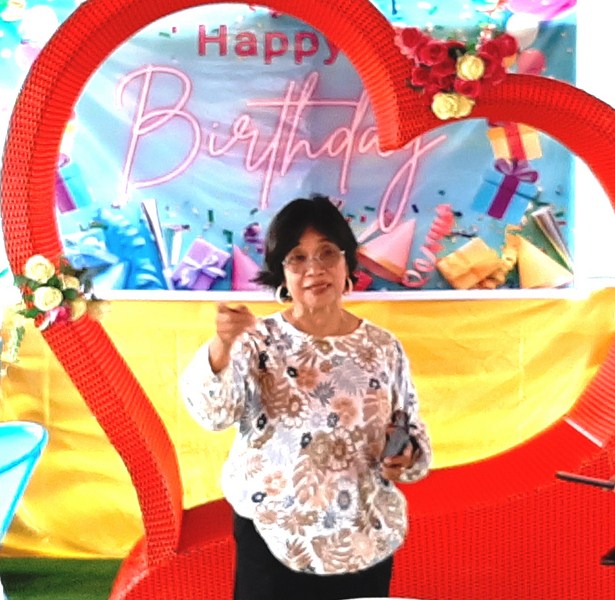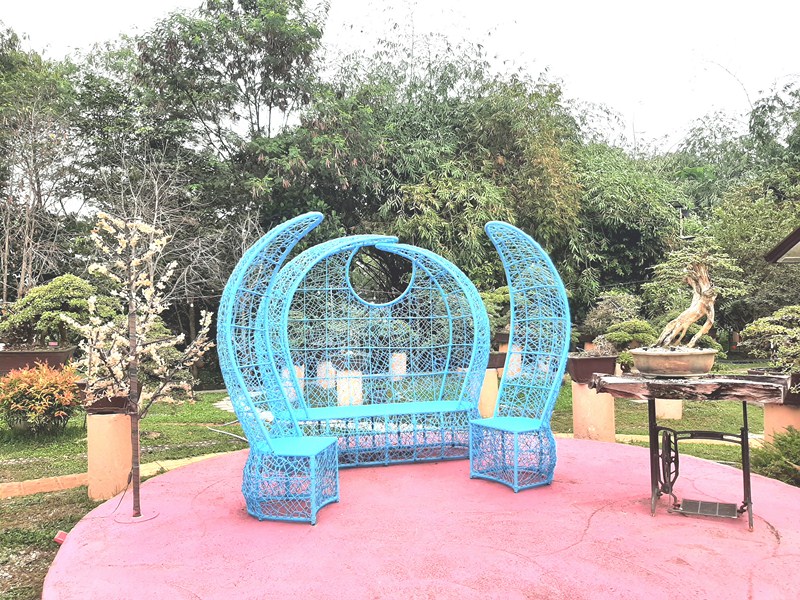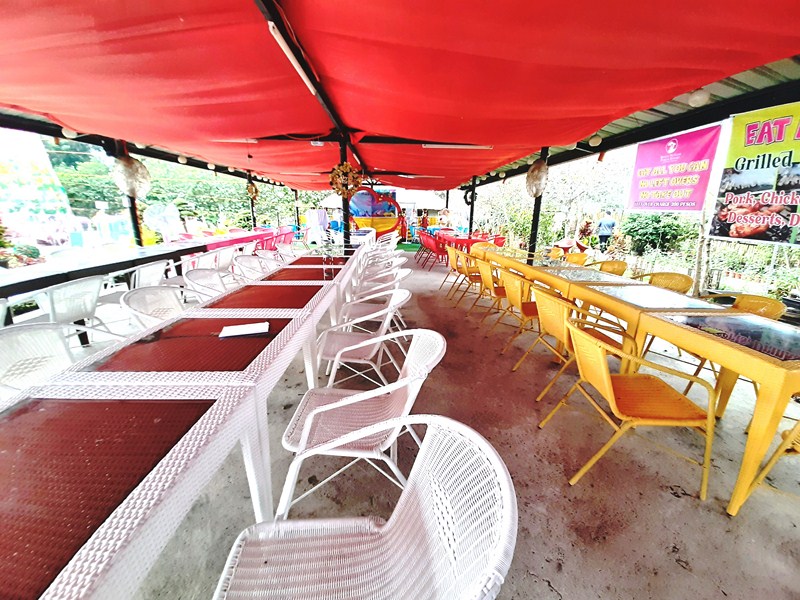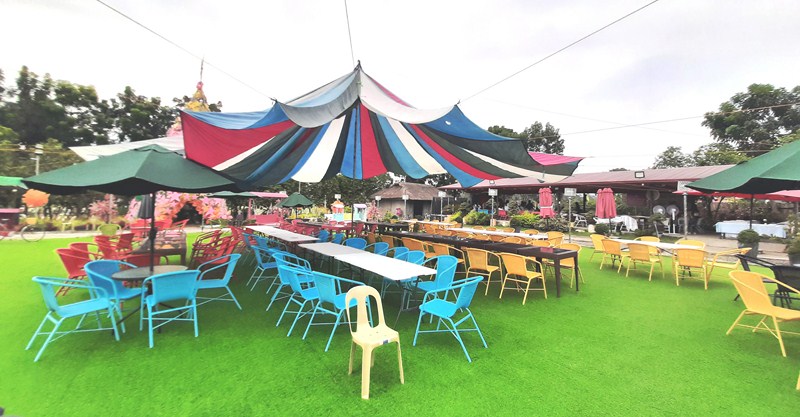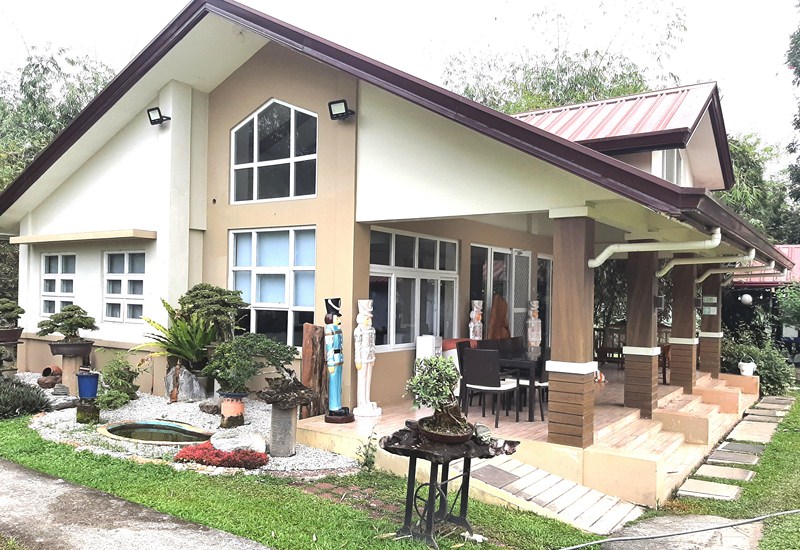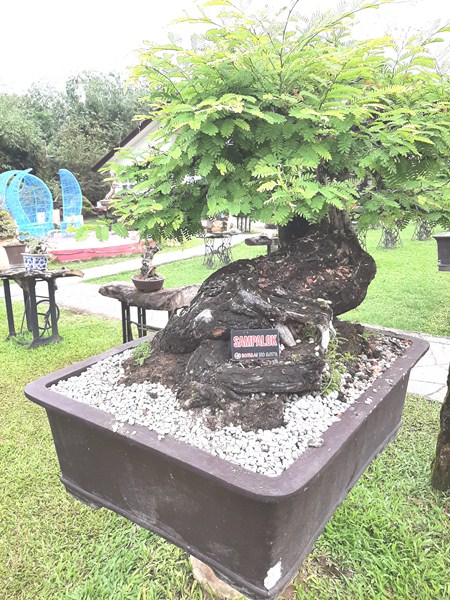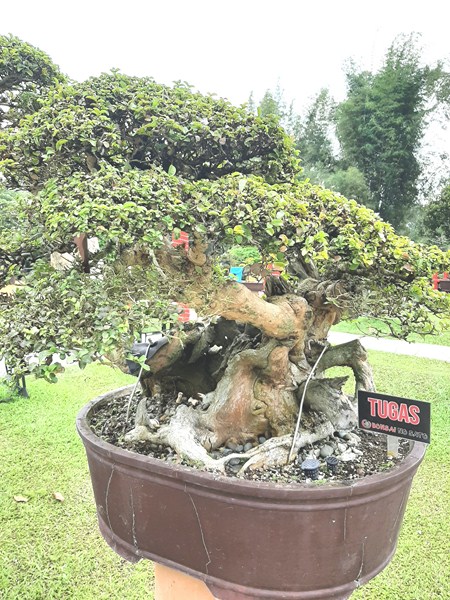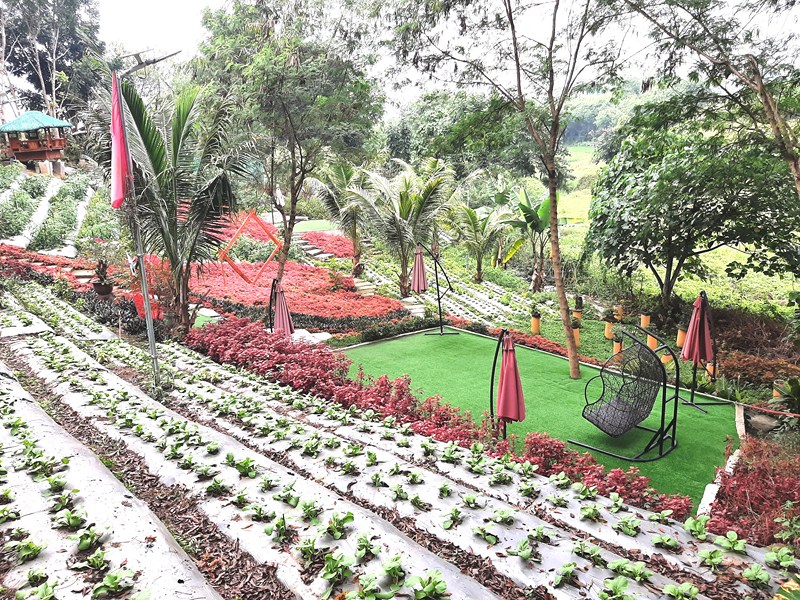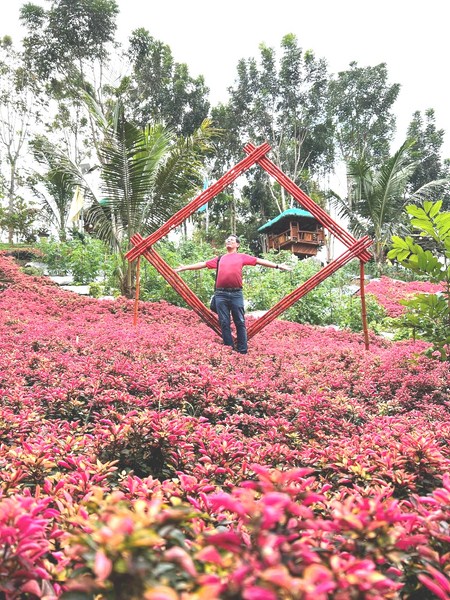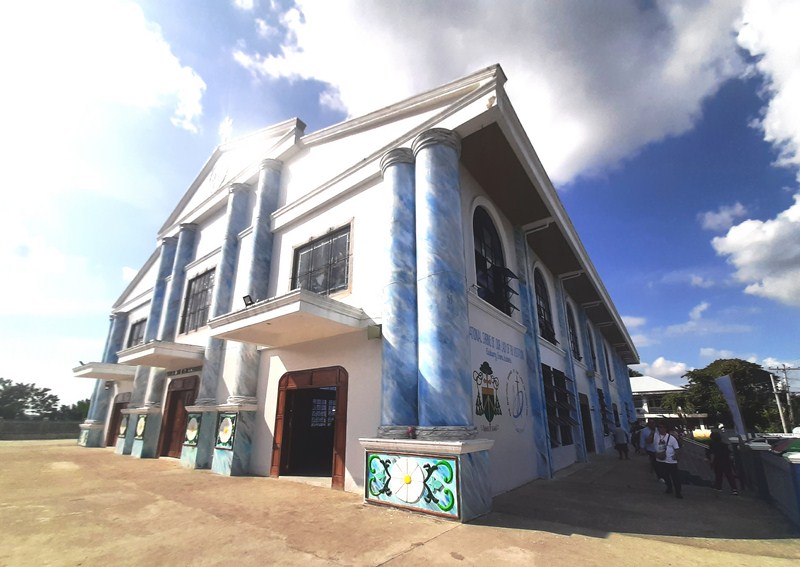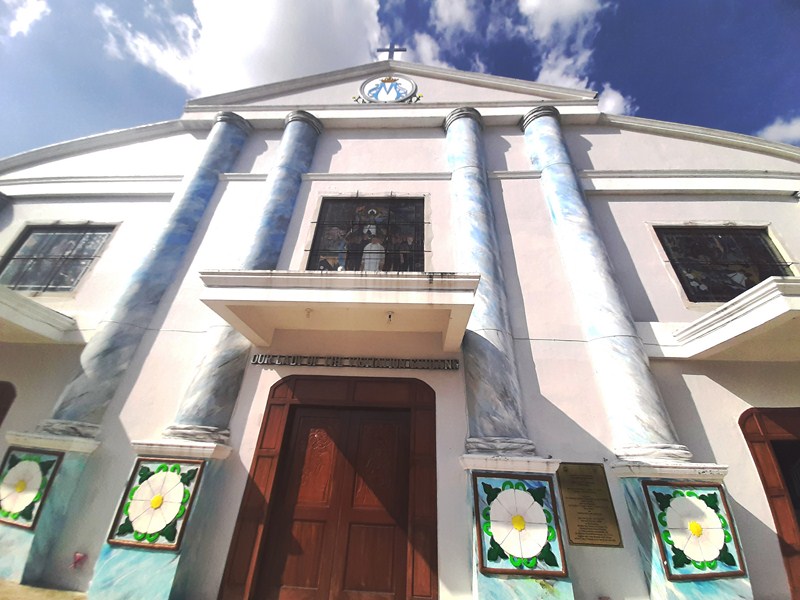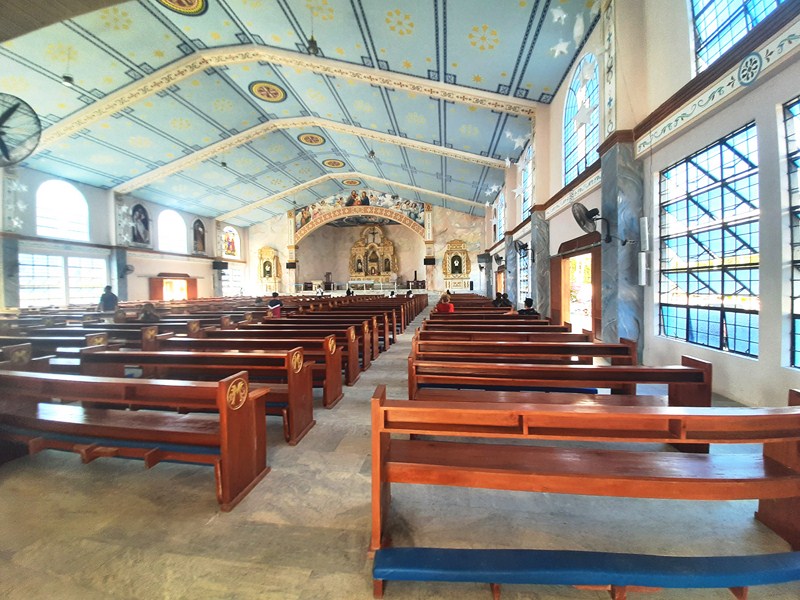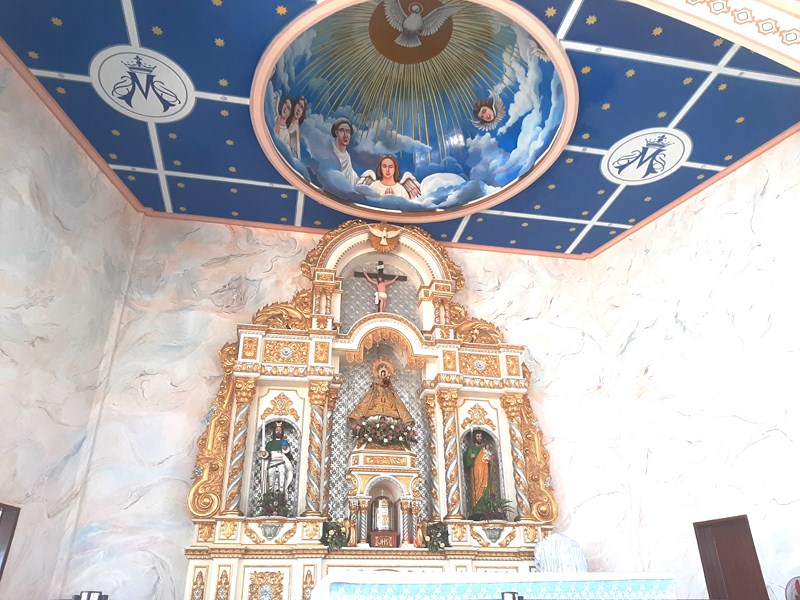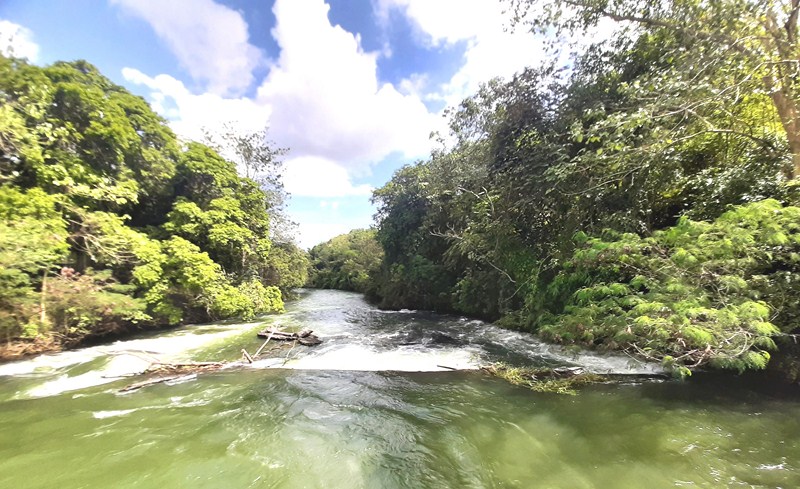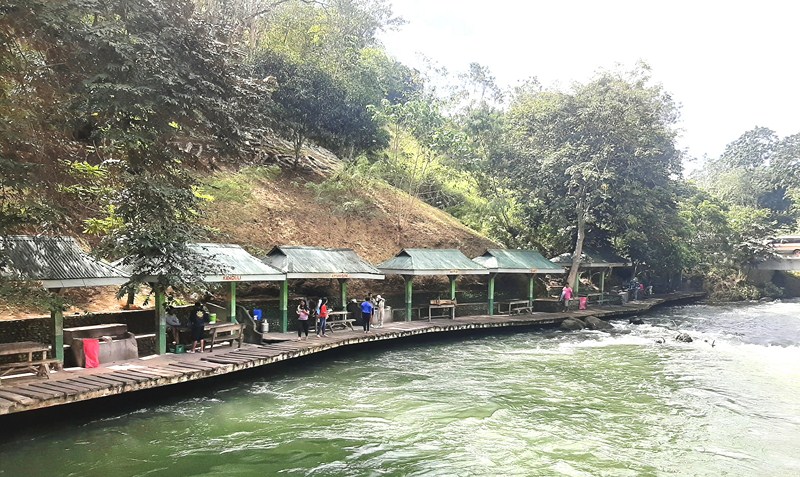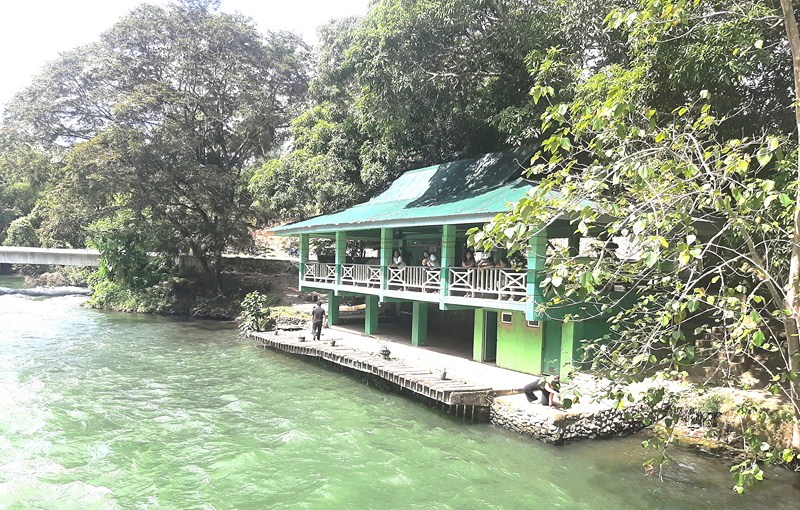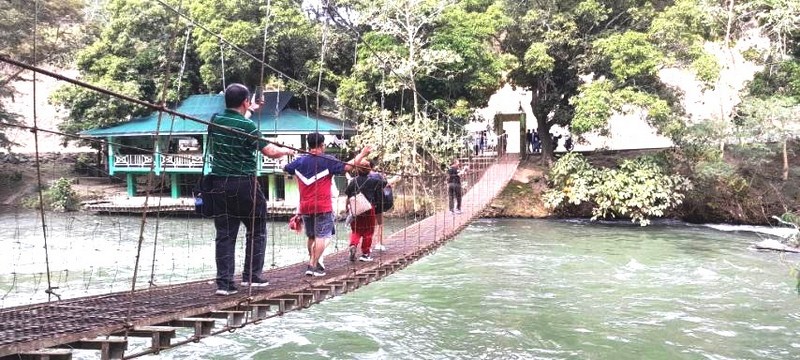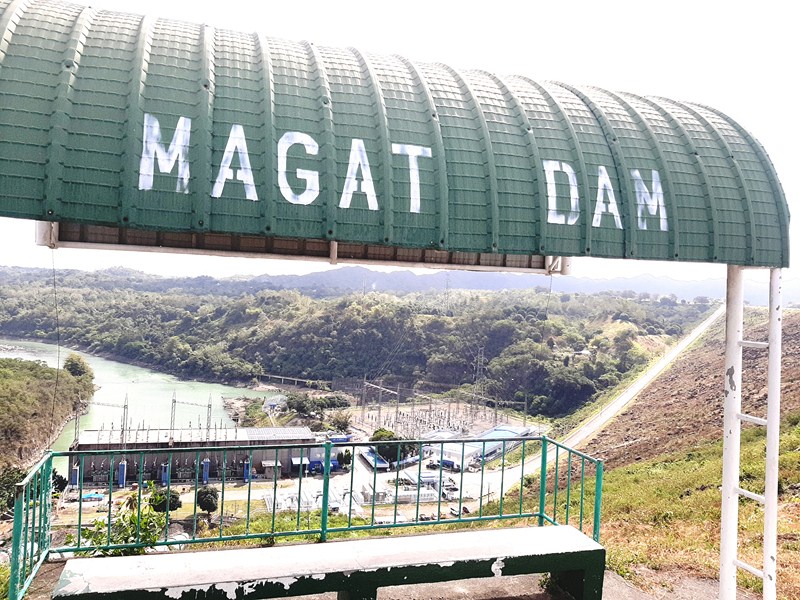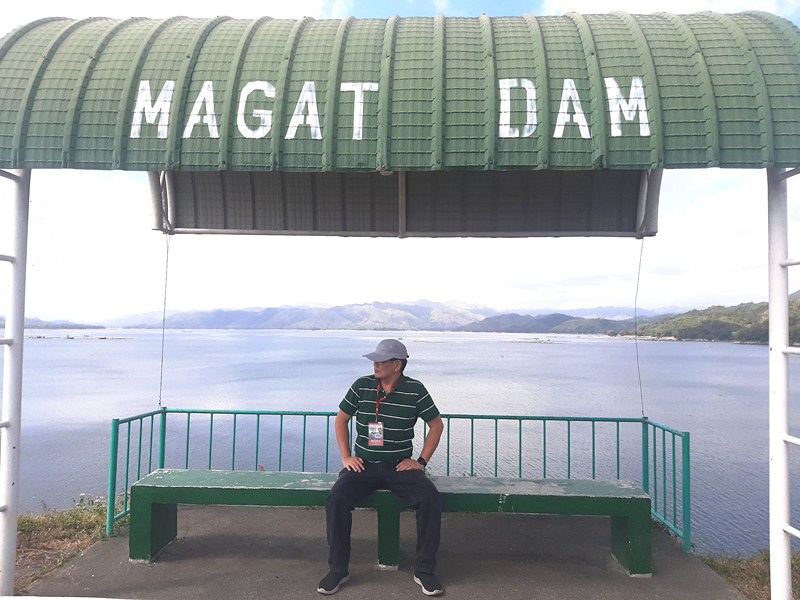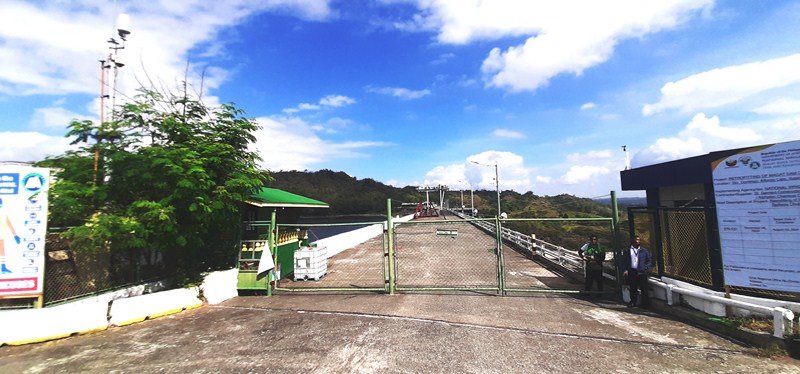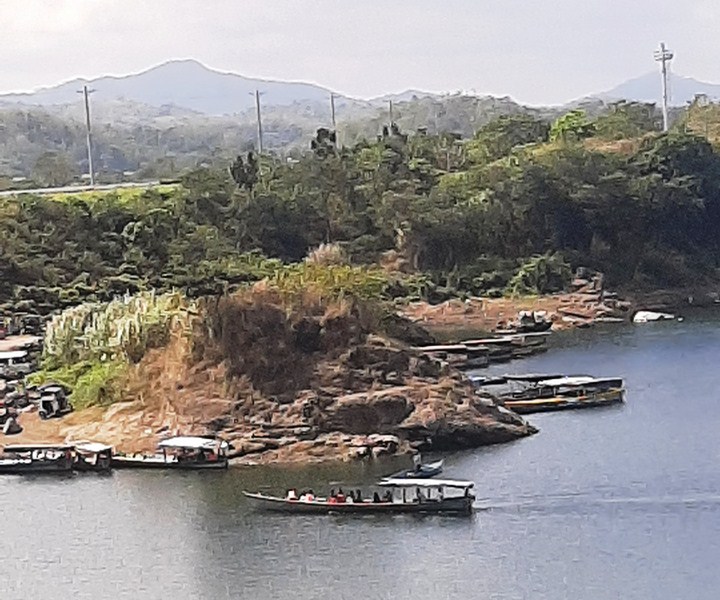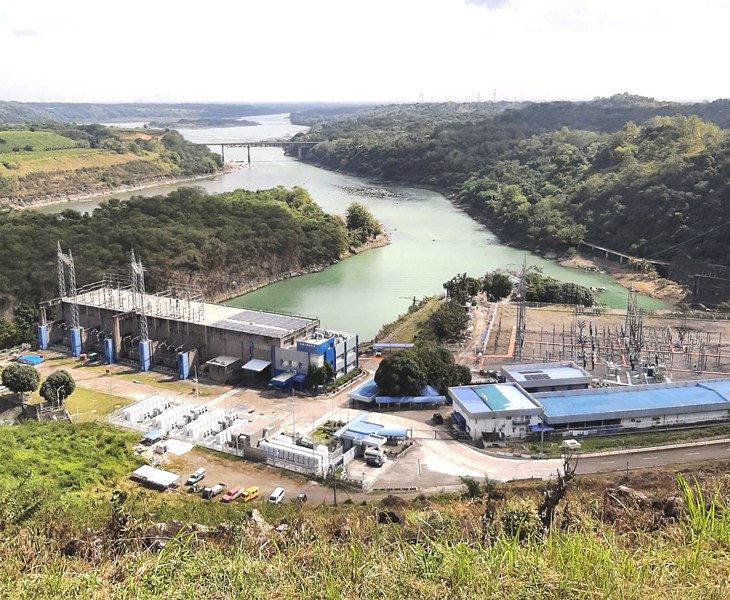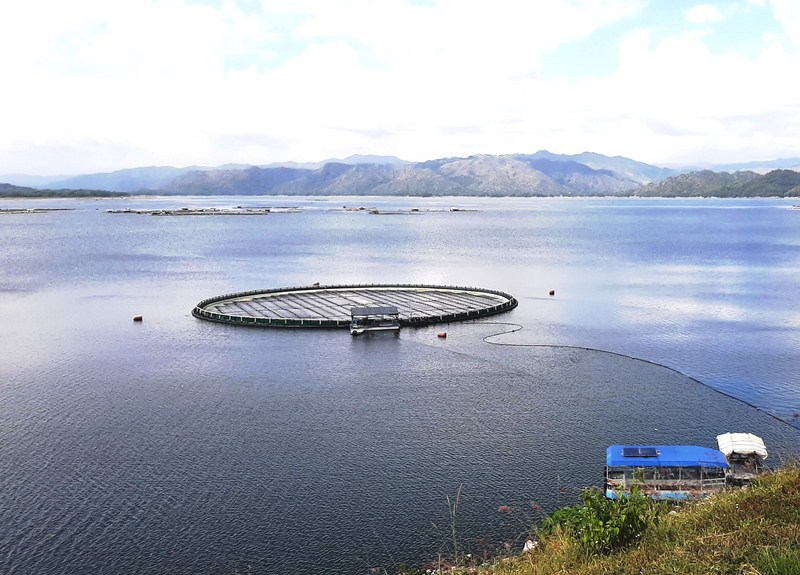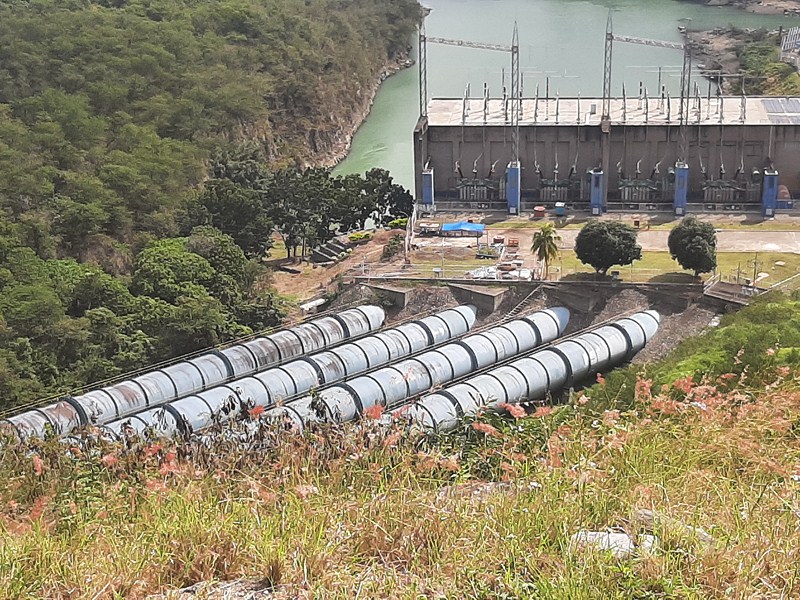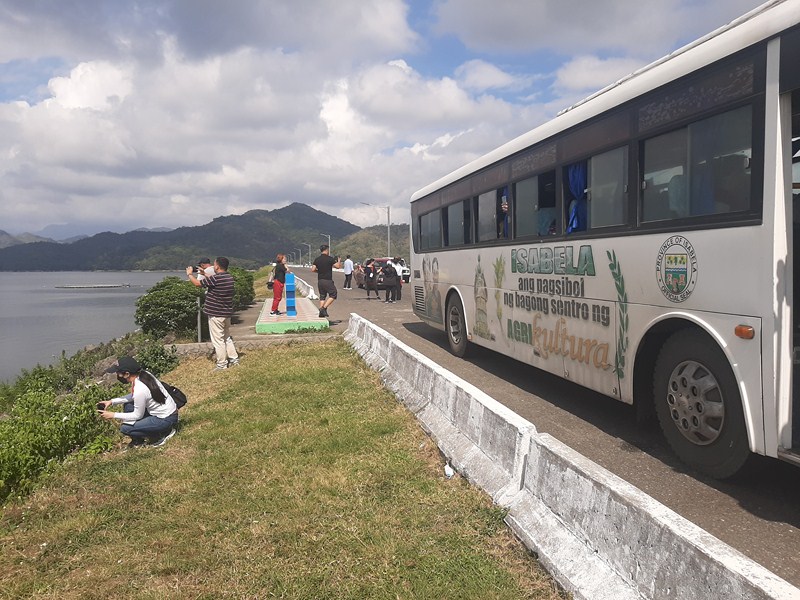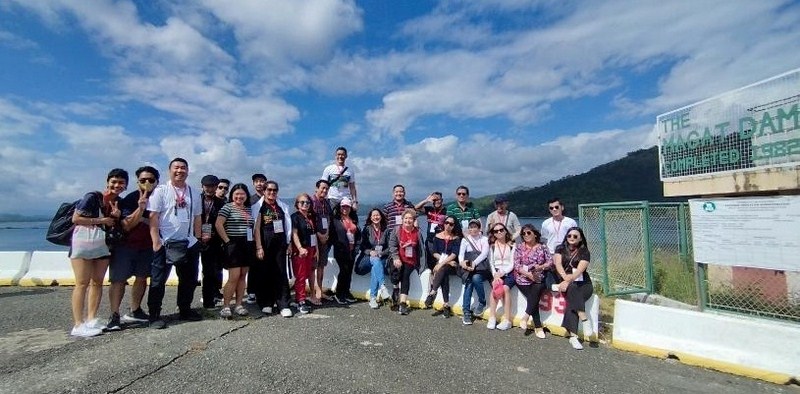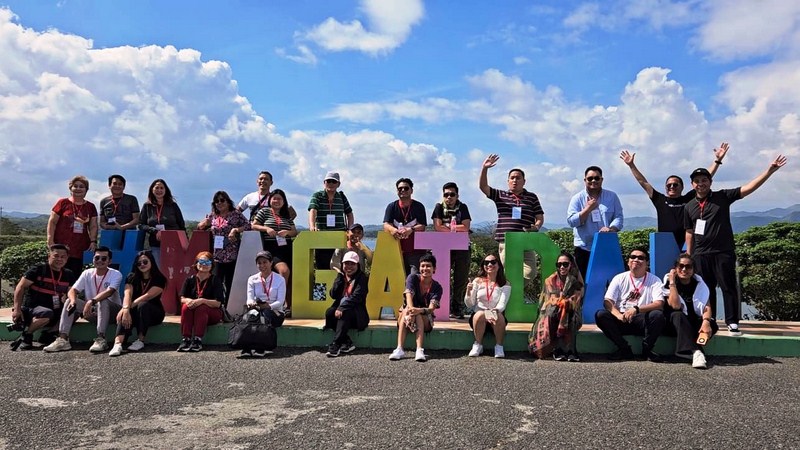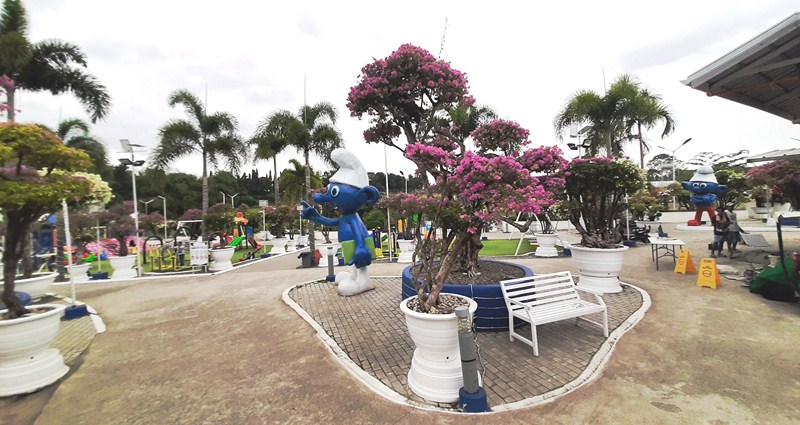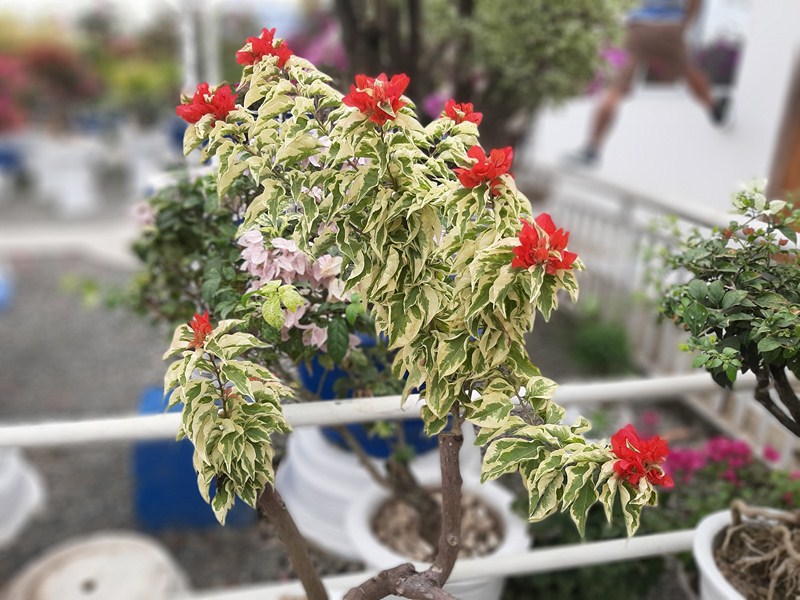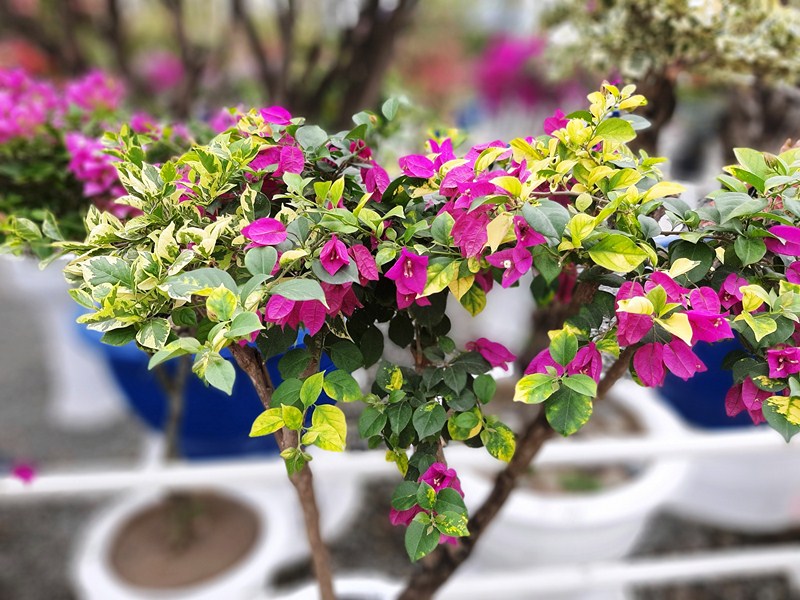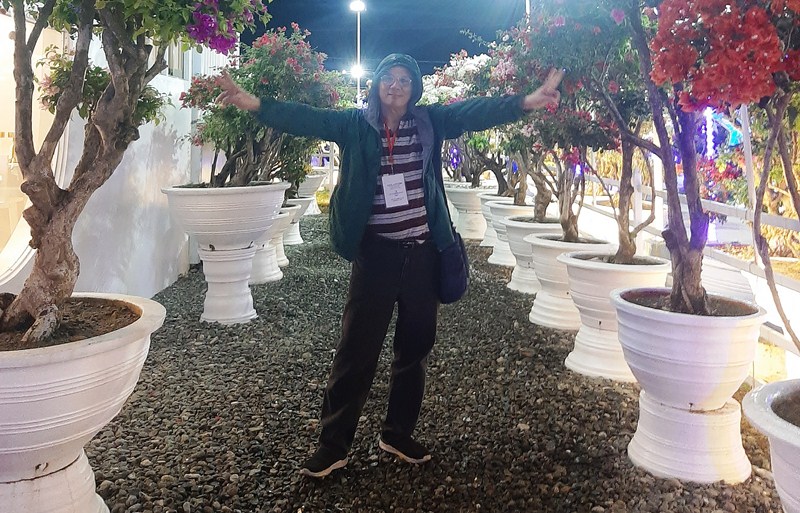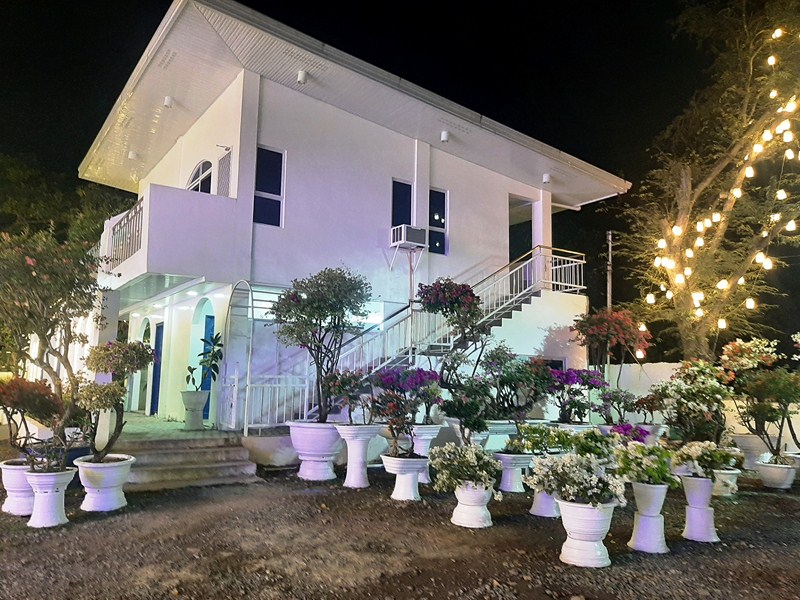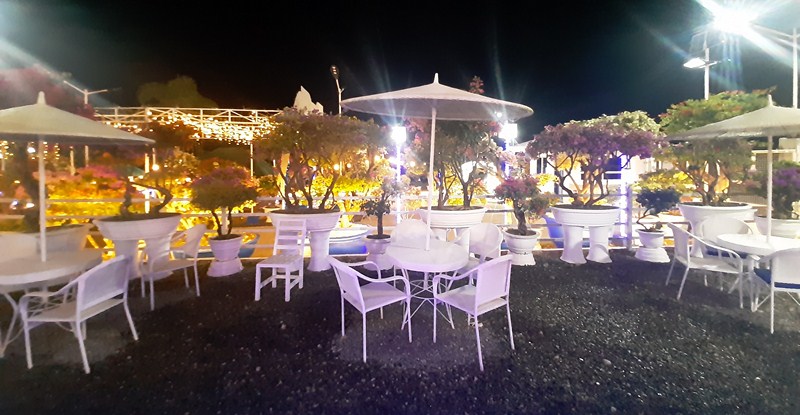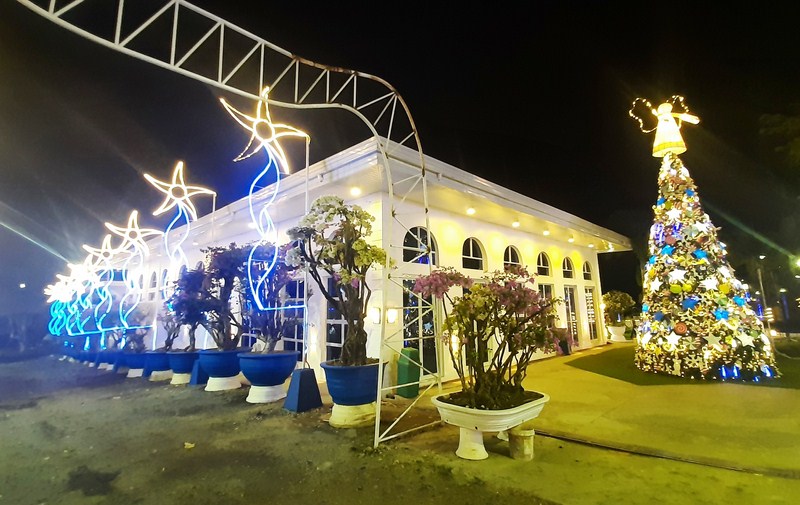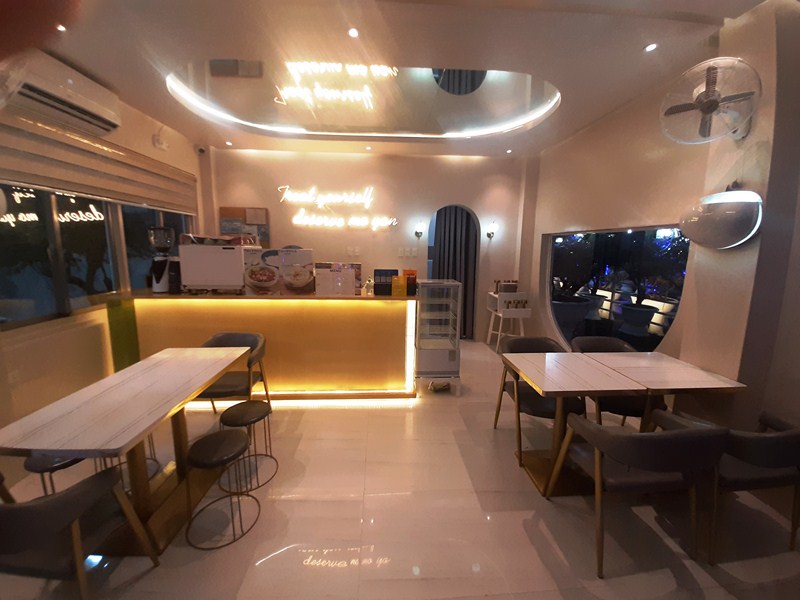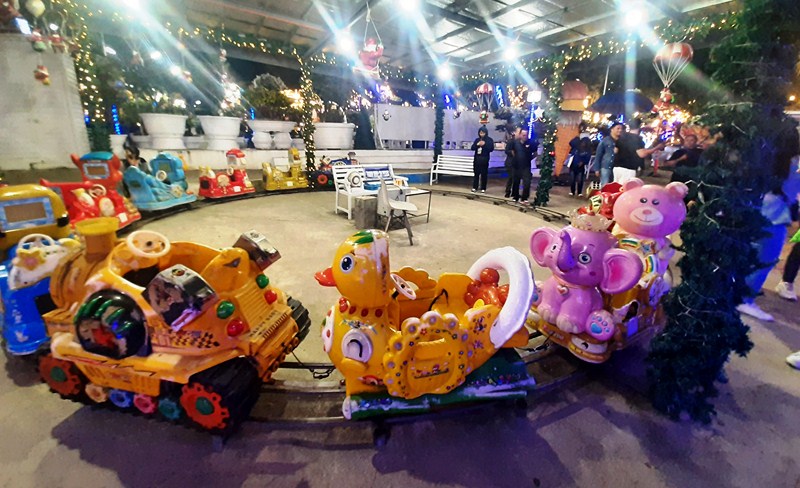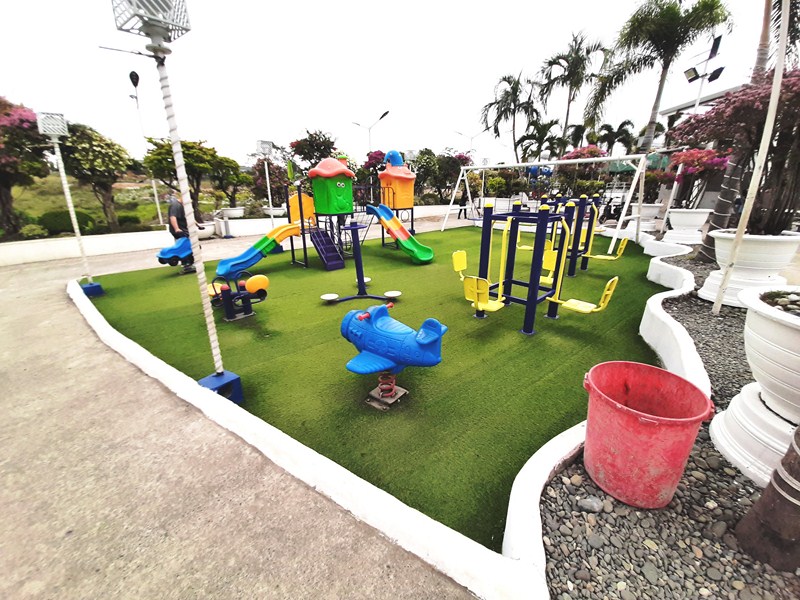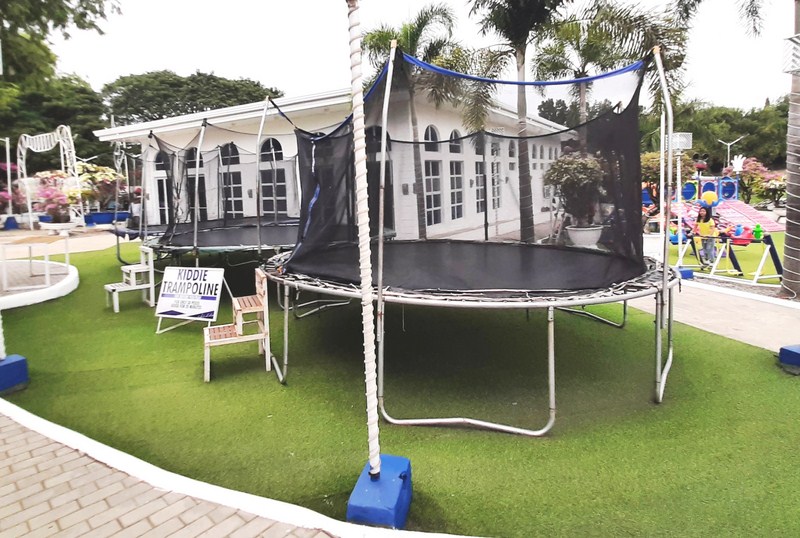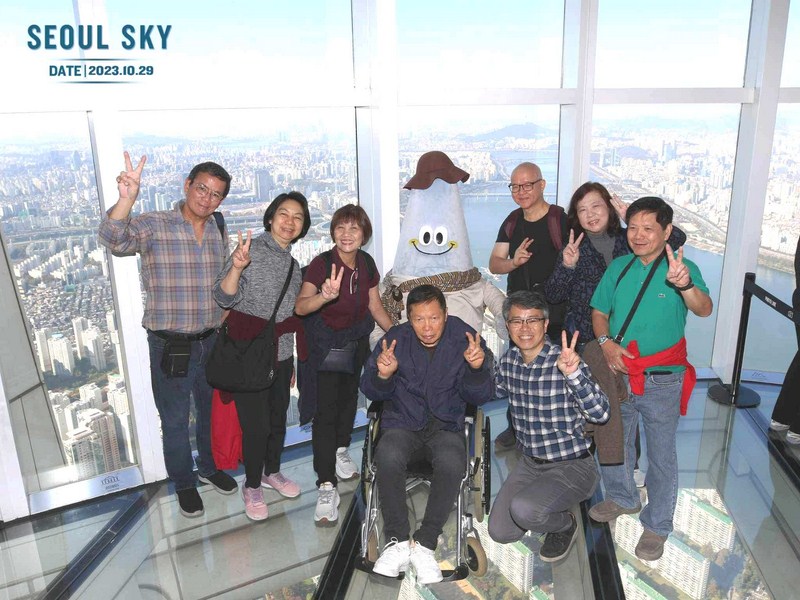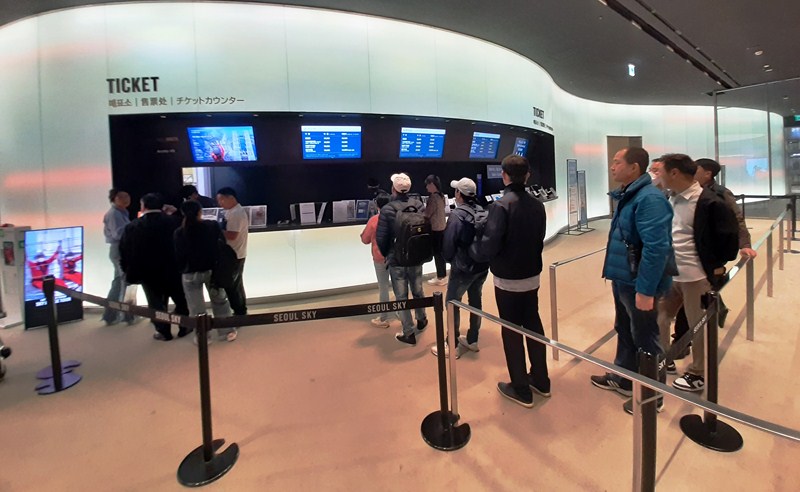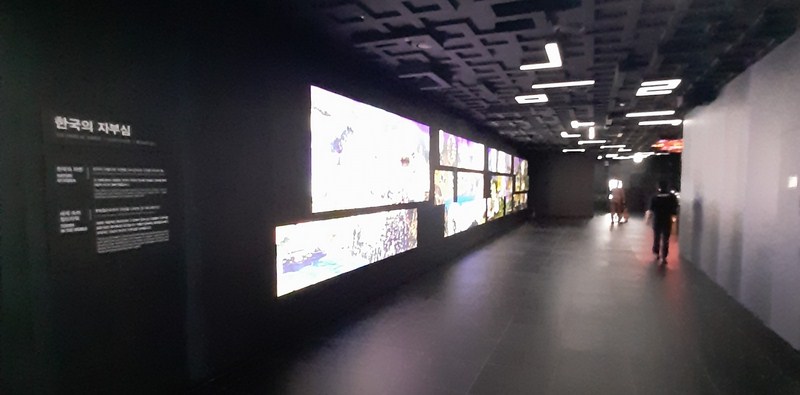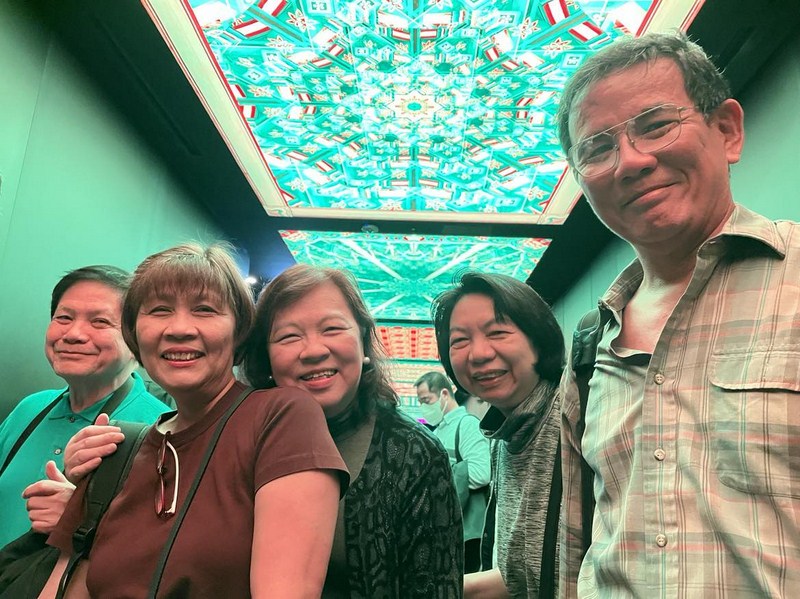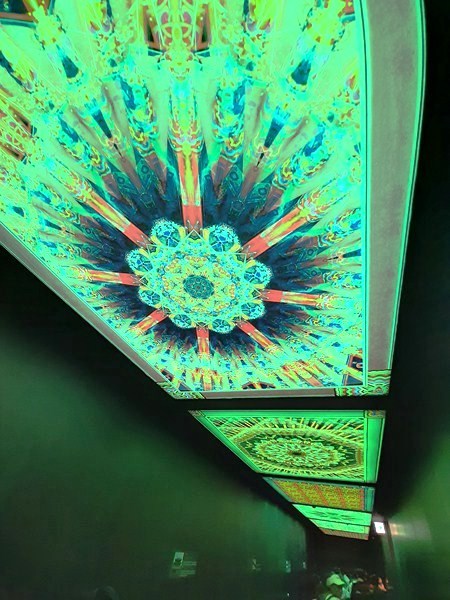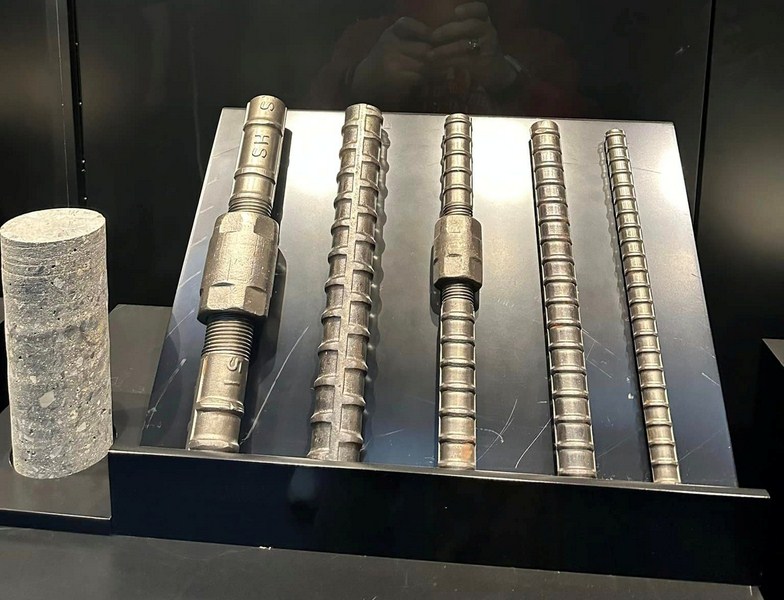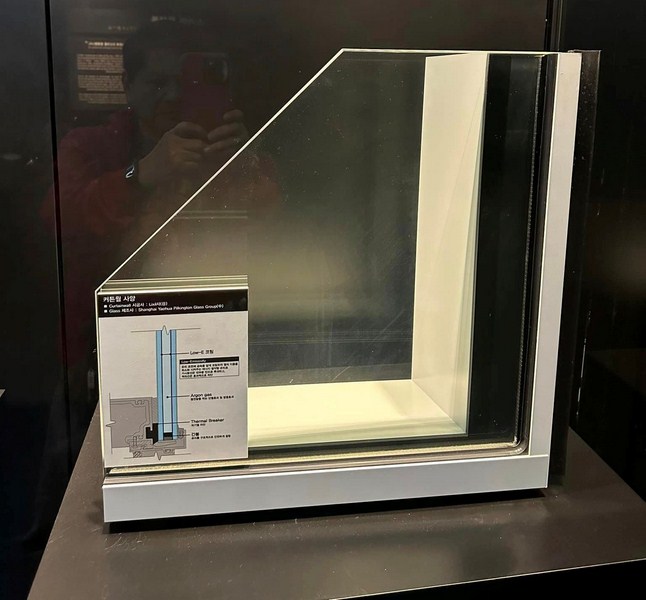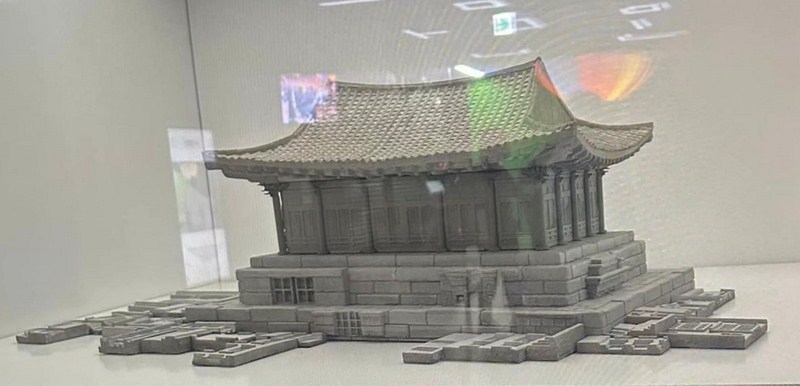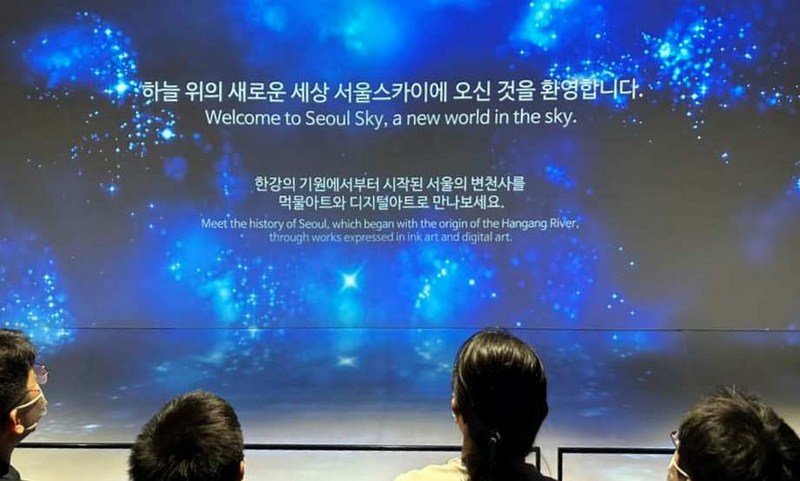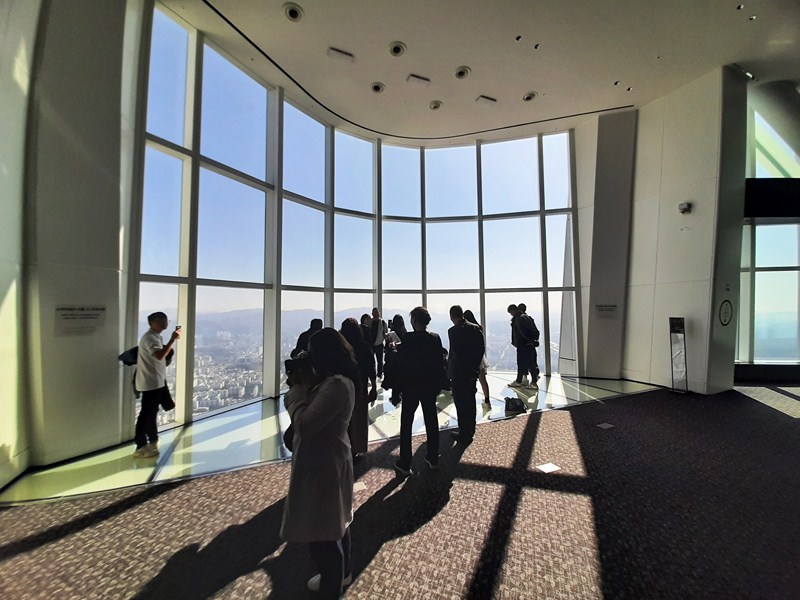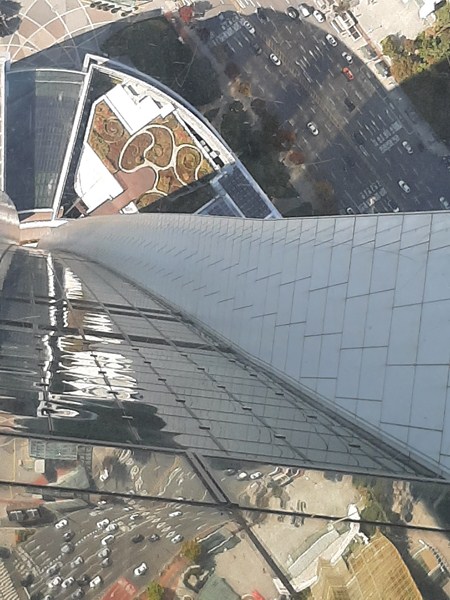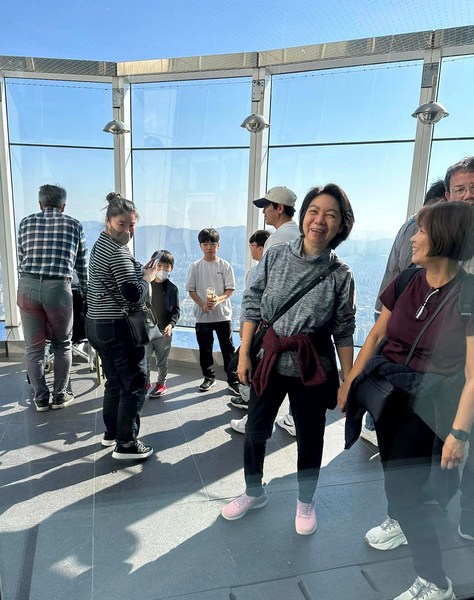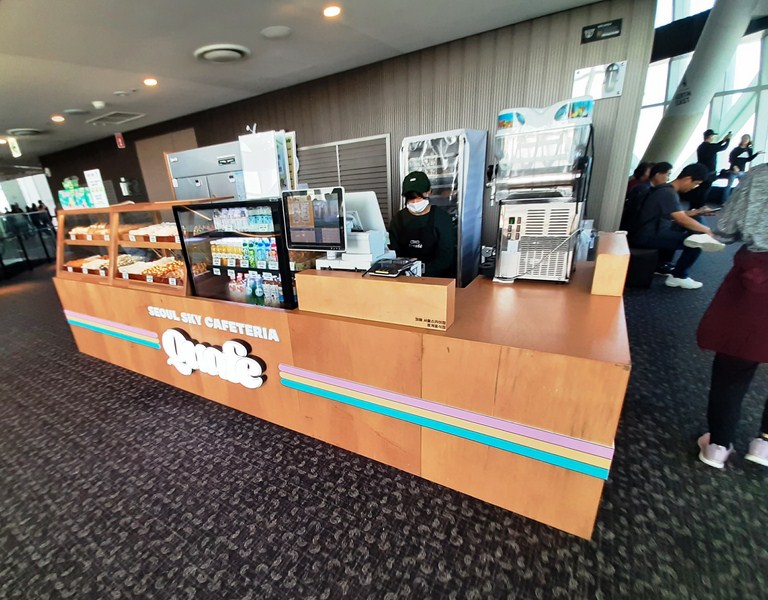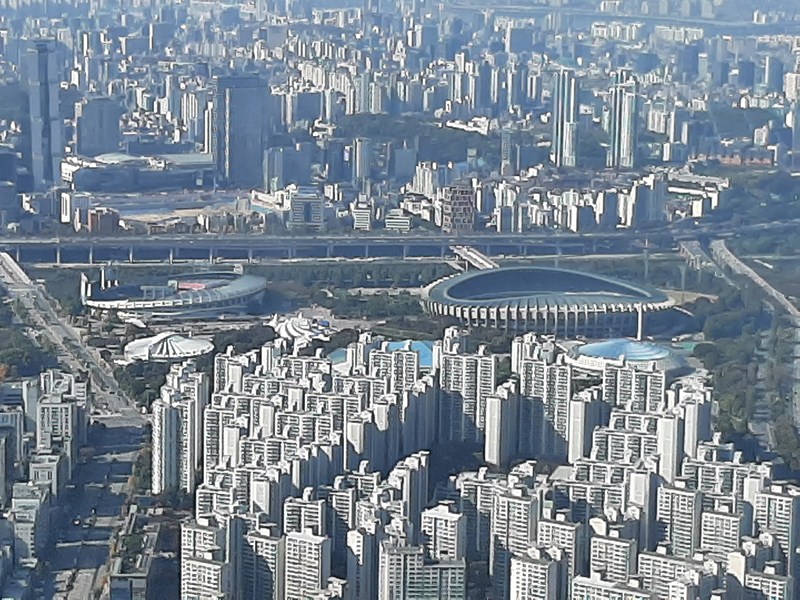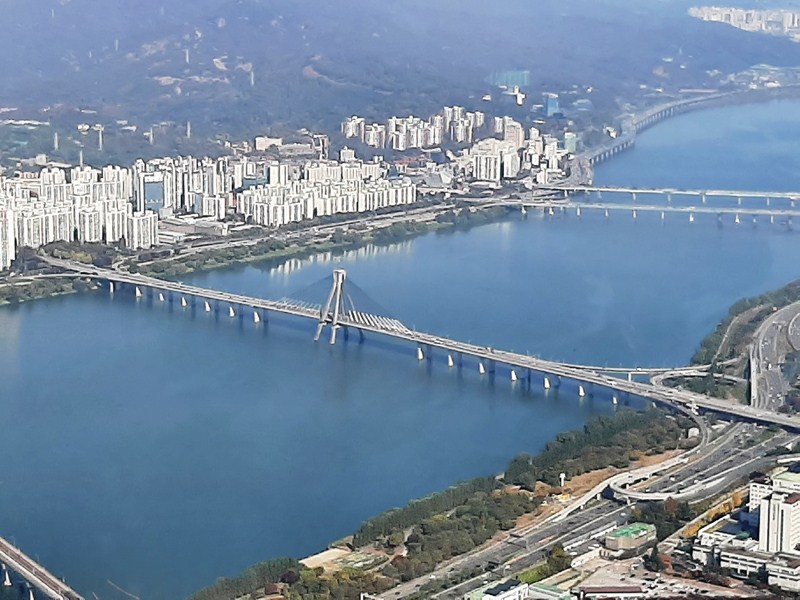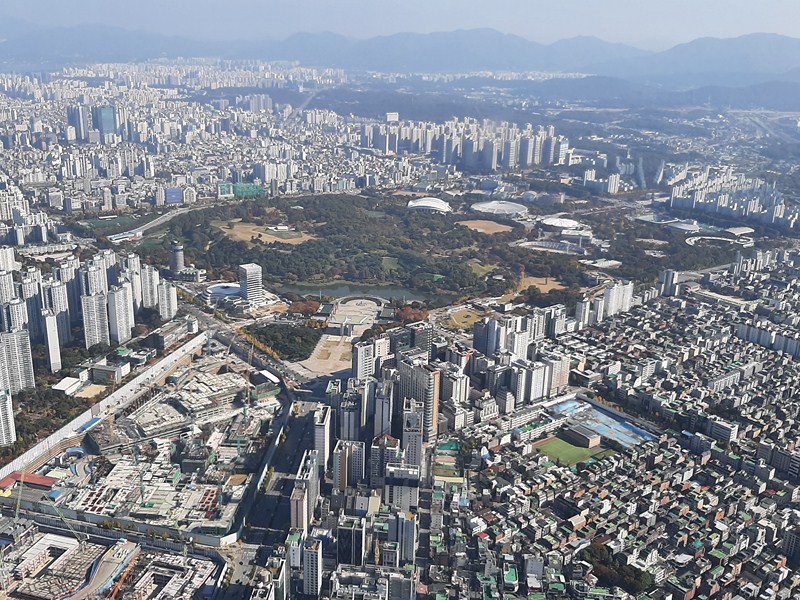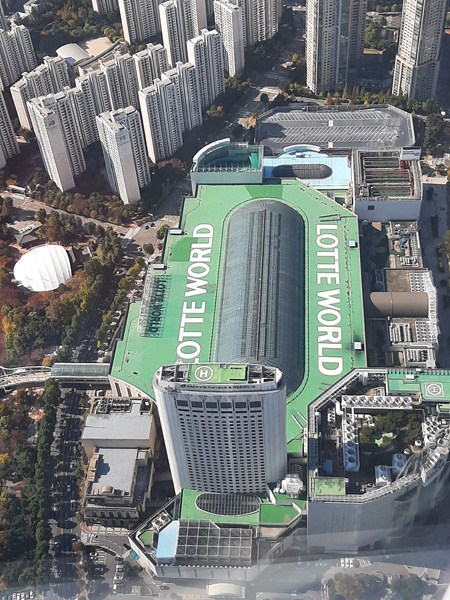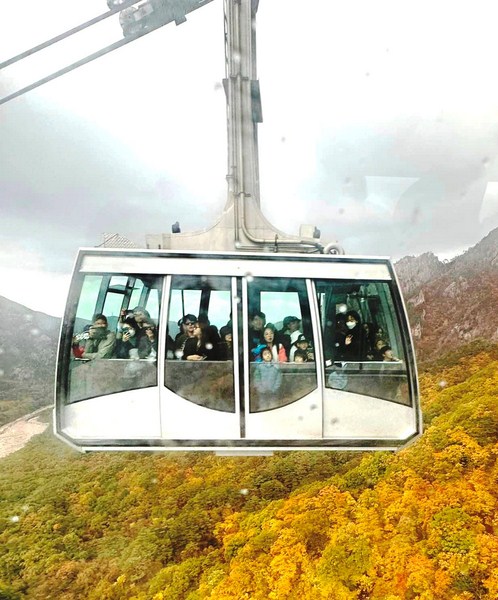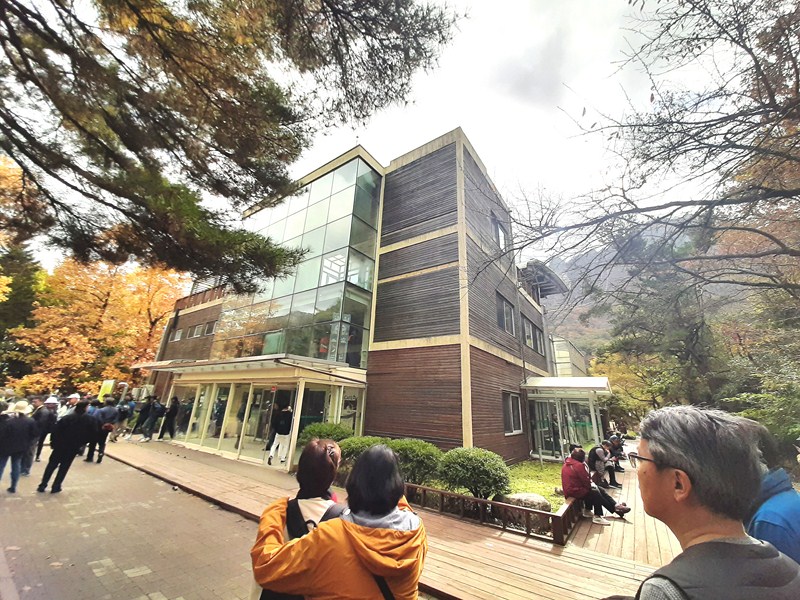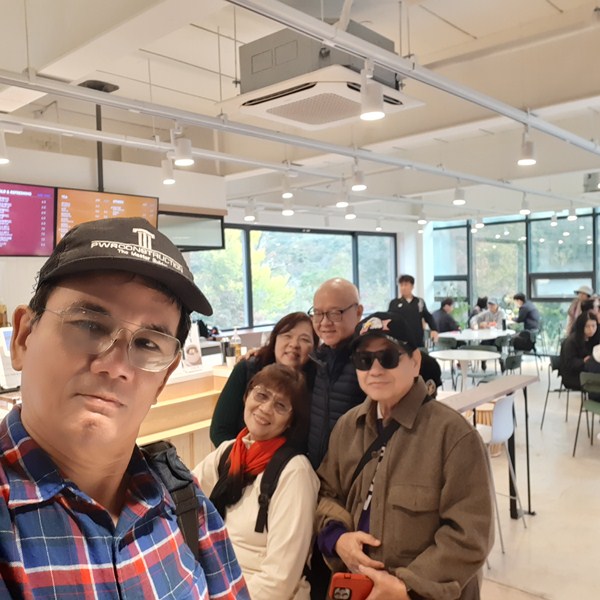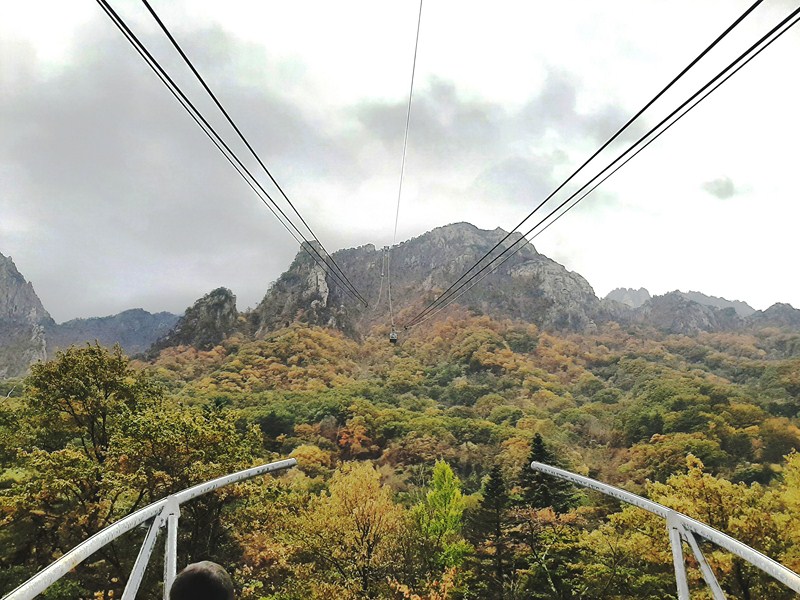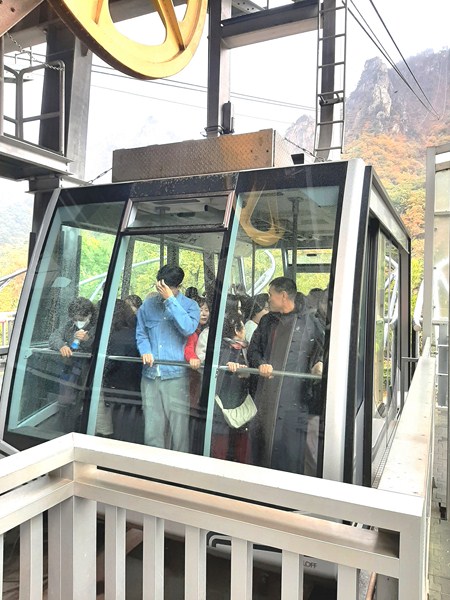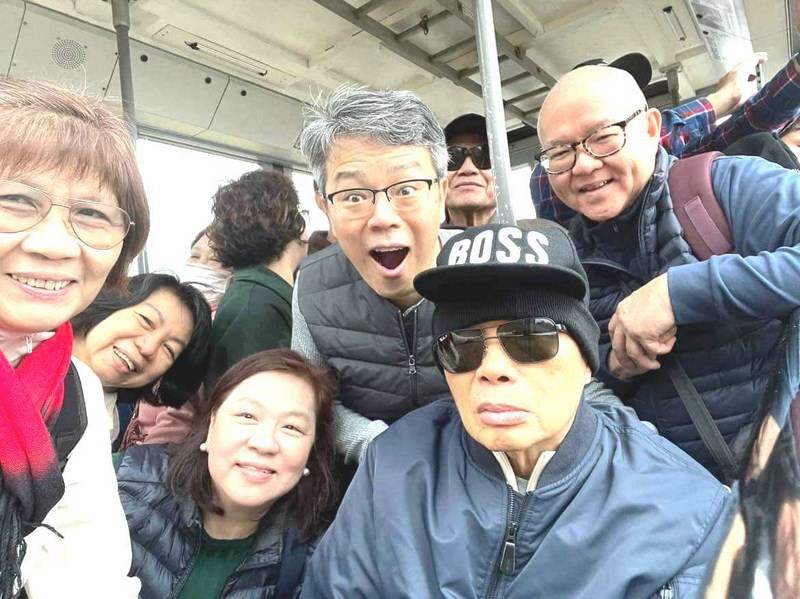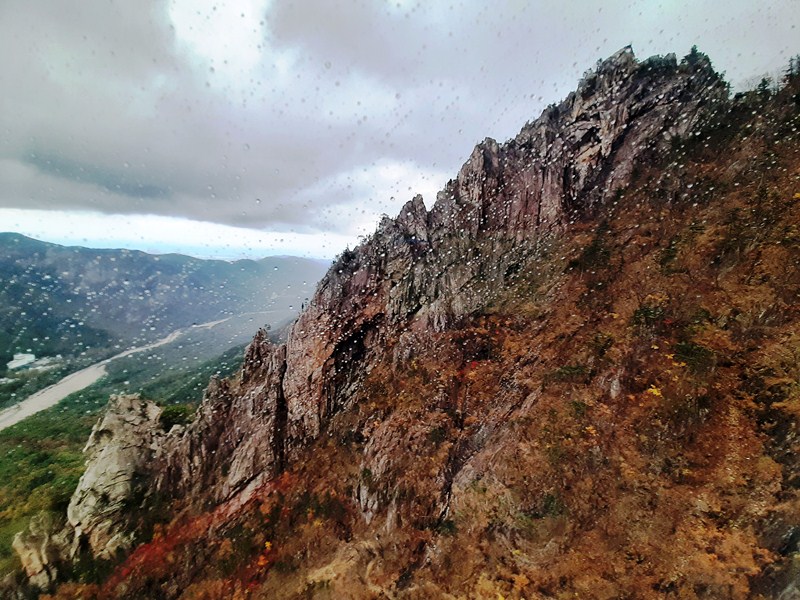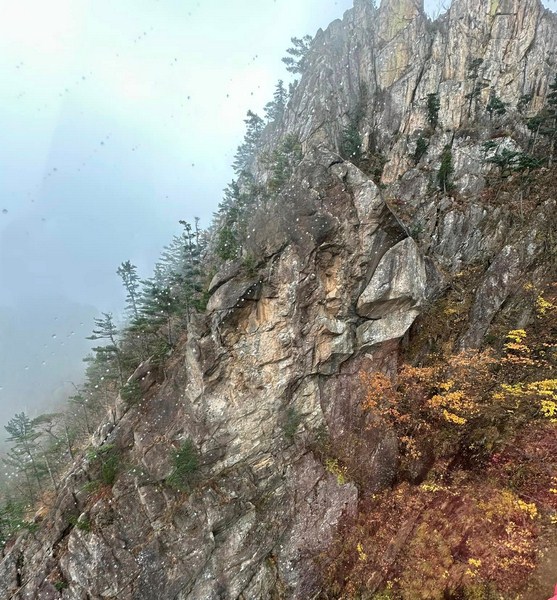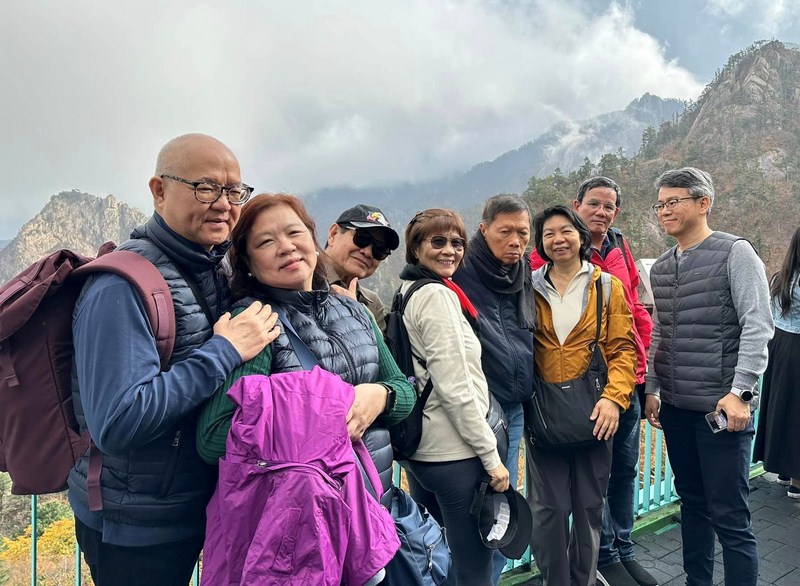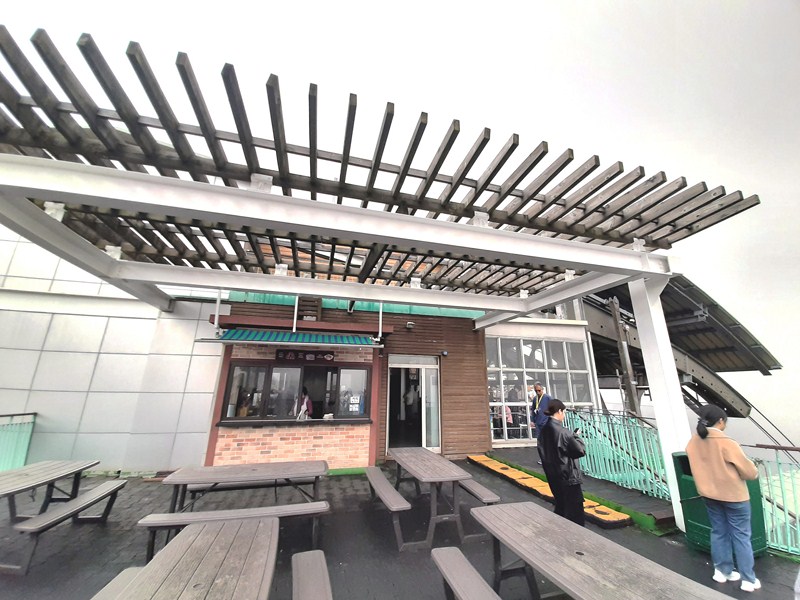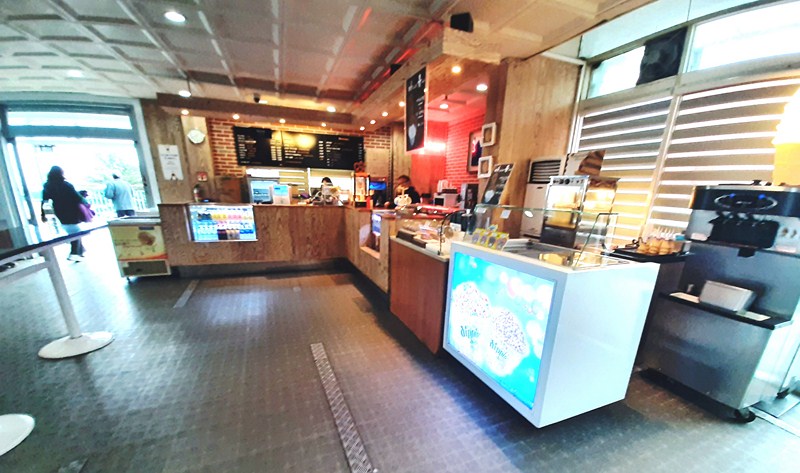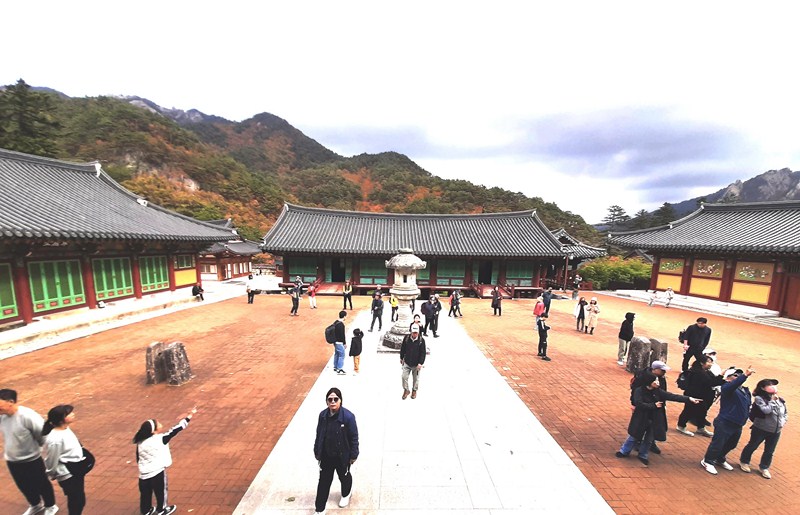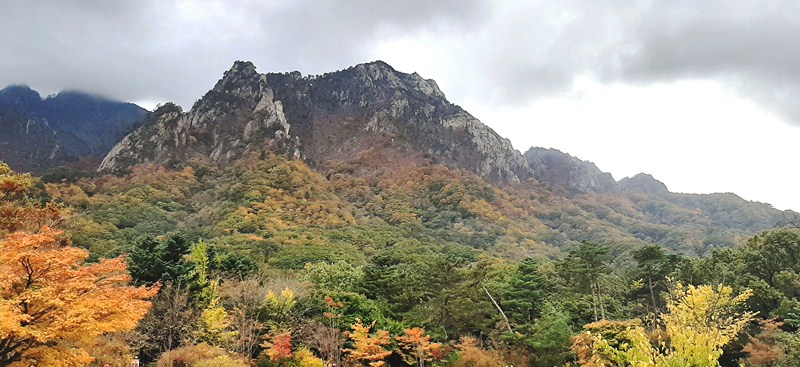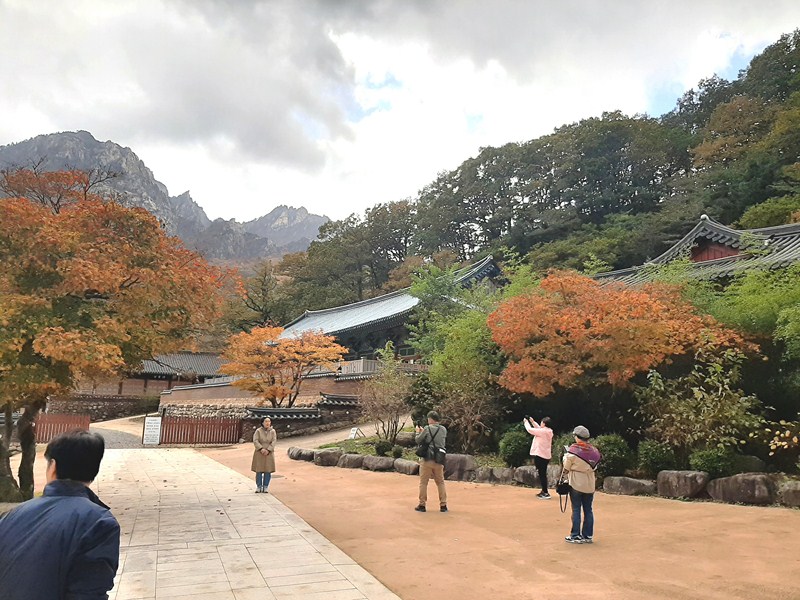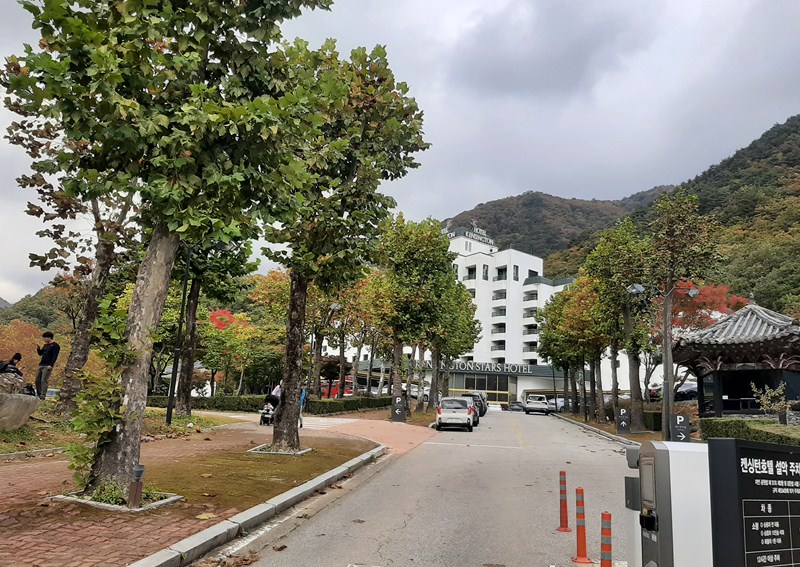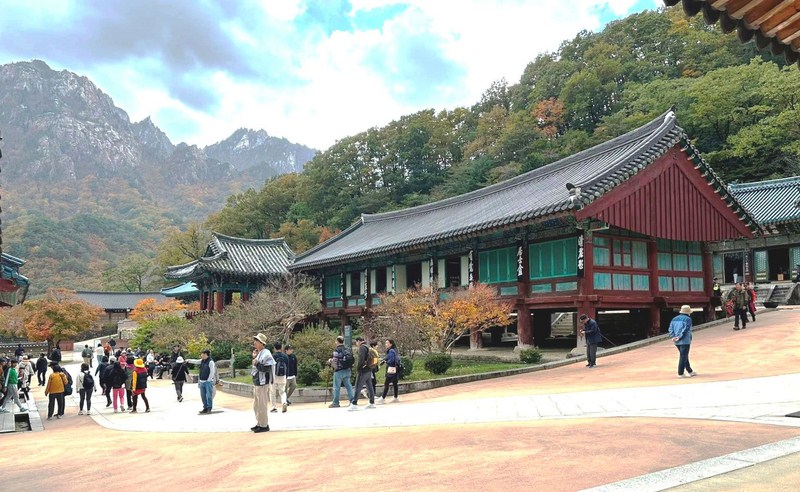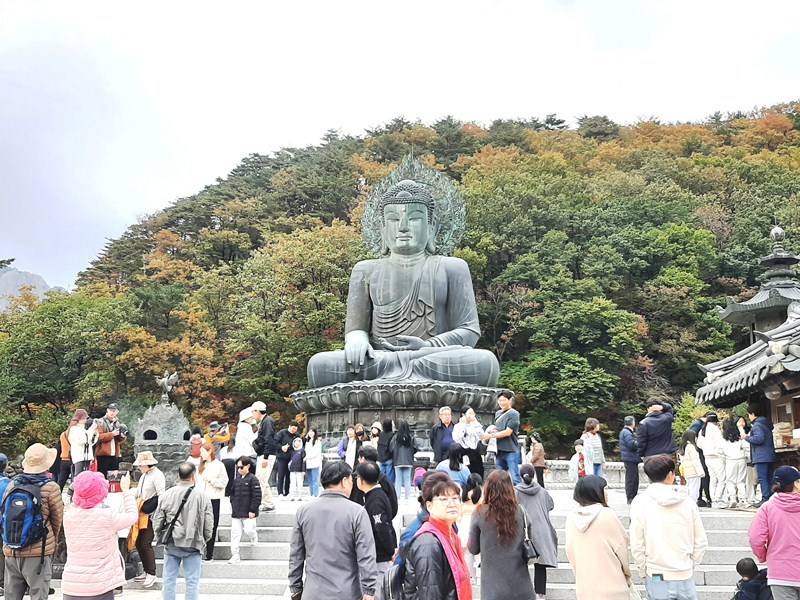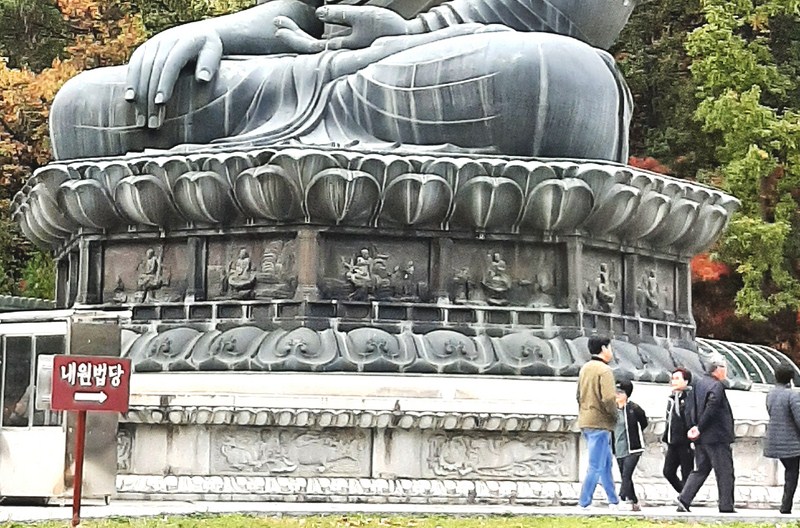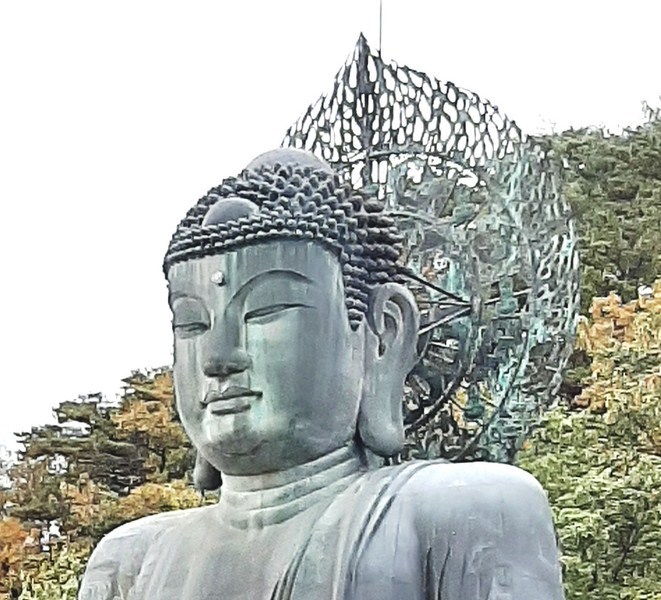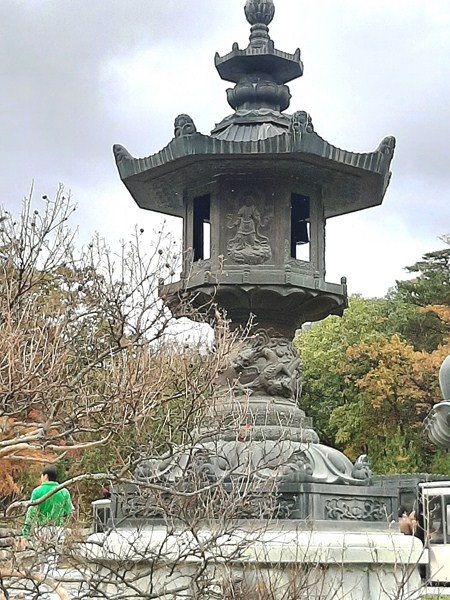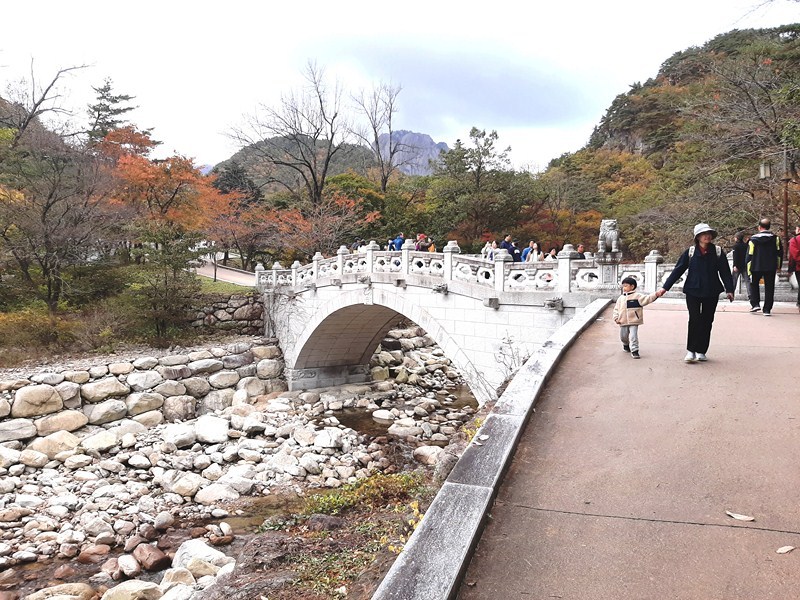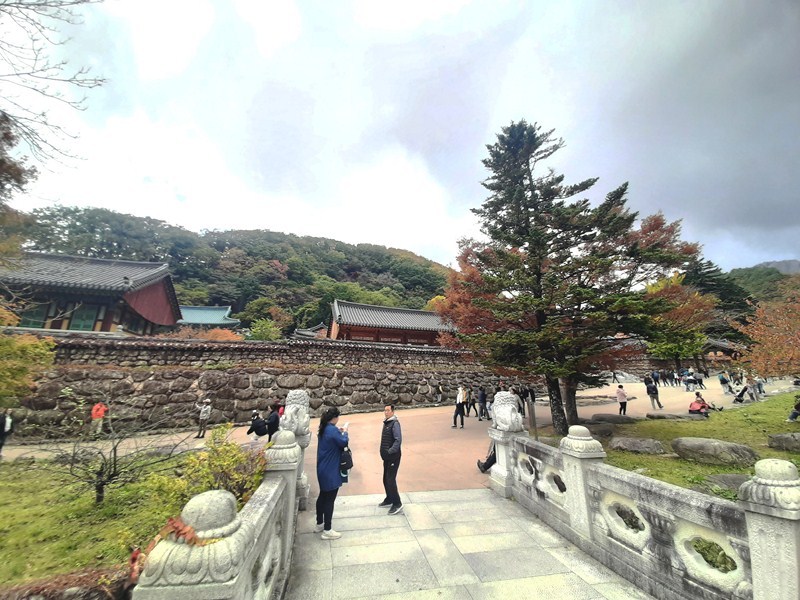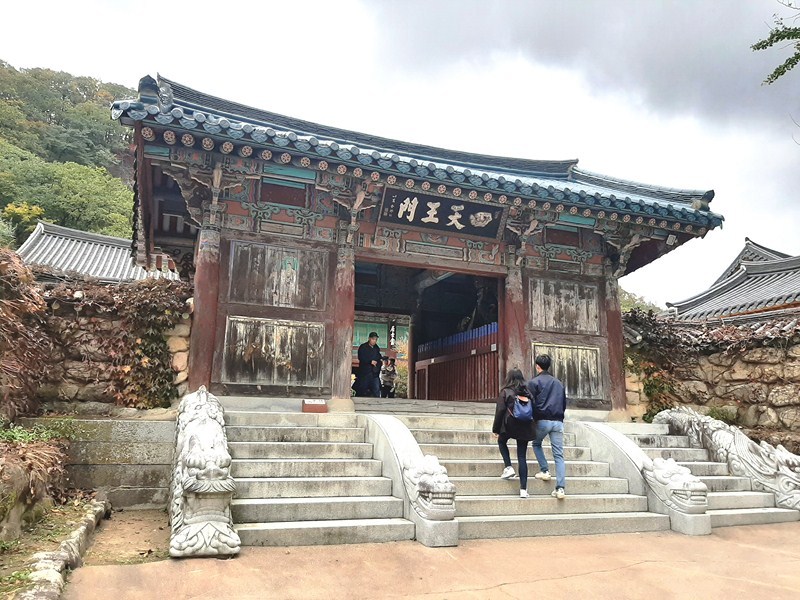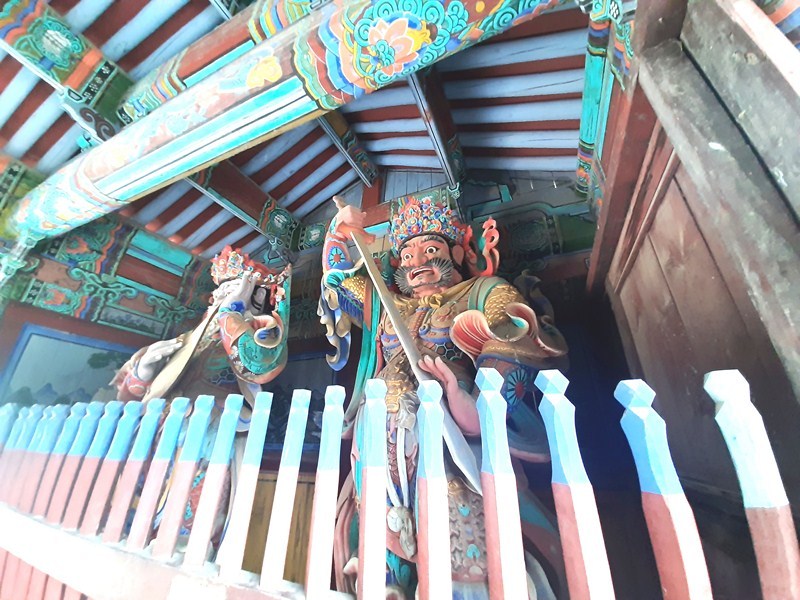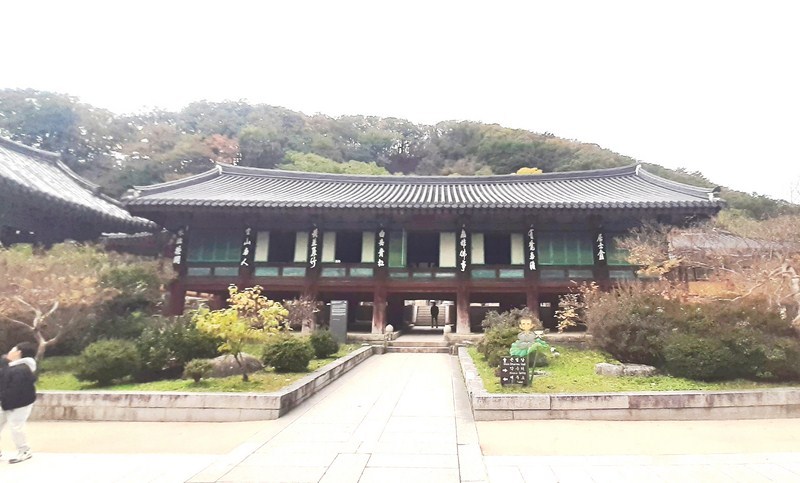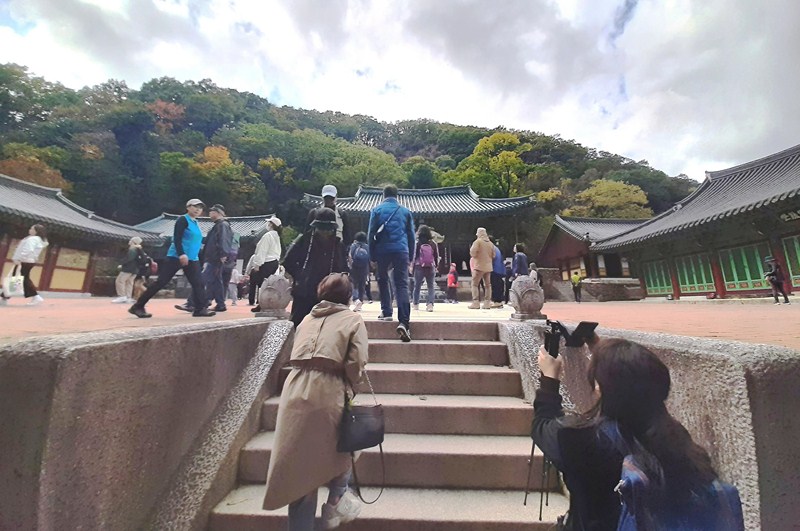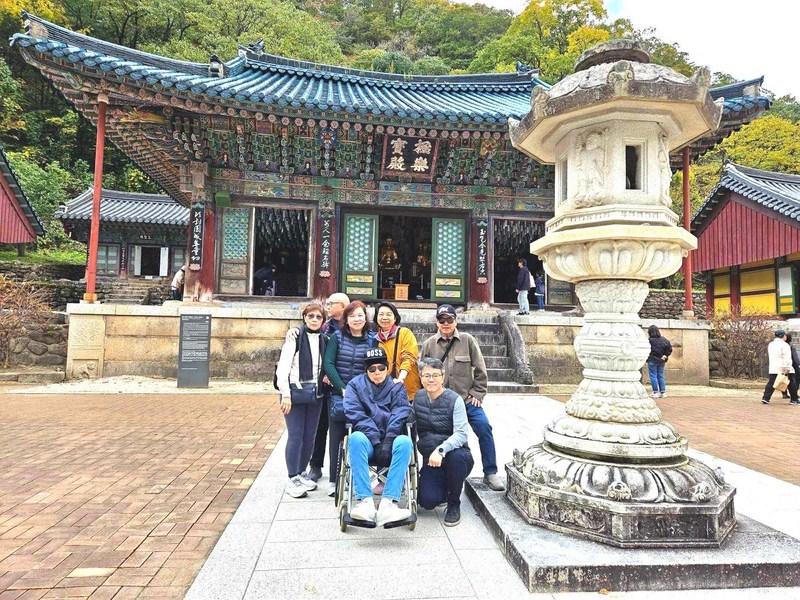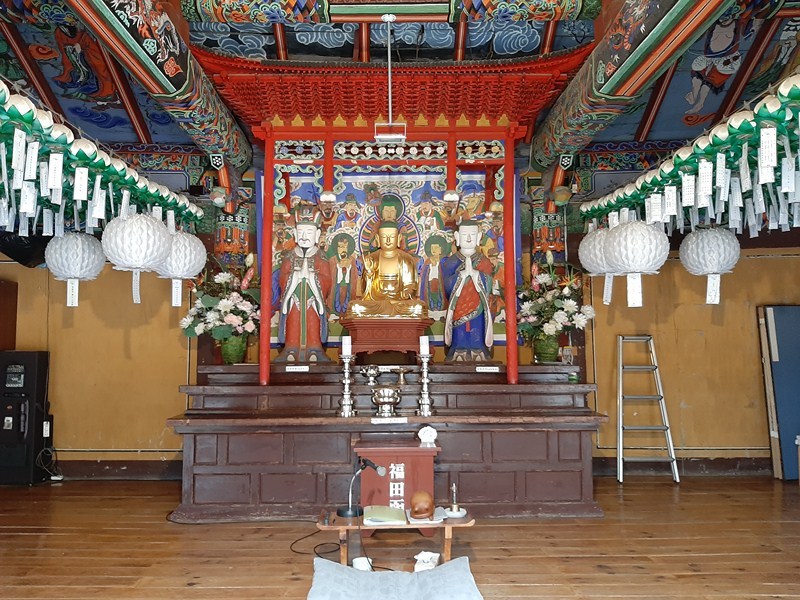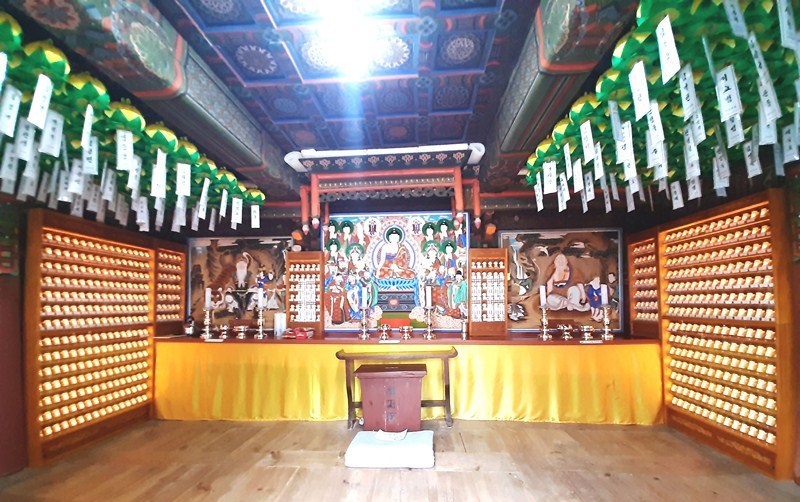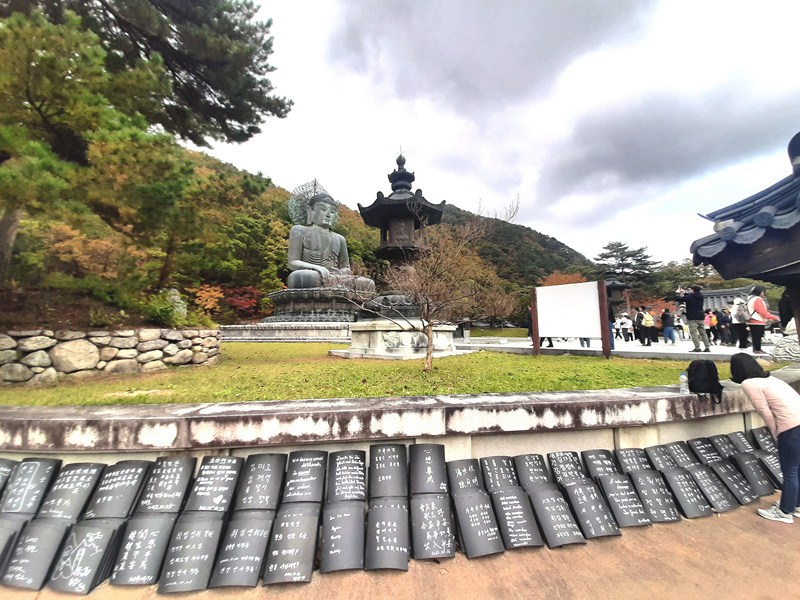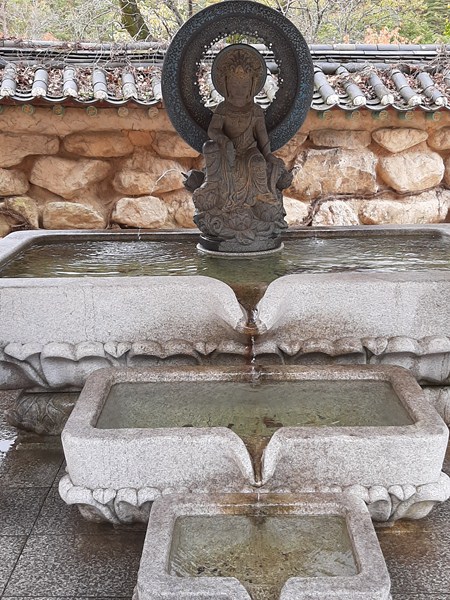The Museo de San Luis, inaugurated last October 9, 2022, is housed in a one-storey, wooden structure with a wrap-around porch, within the Hacienda San Luis Eco-Tourism Park. It showcases how tobaccos were made for the Manila-Acapulco Galleon Trade.
Check out “Hacienda San Luis Eco-Tourism Park”
On display here is a huge sculpture of St. Louis Bertrand (San Luis Bertran), a photo gallery of Cauayan’s 27 mayors, from 1900 to the present; a traditional wooden press for cigar making (people use the apparatus to flatten the dried tobacco leaves); wooden relief carvings of Cauayan’s indigenous people, male and female (Gaddangs, Ibanags, Yogads and Itaois) mounted on easels; a manual tobacco bale press used in 1970; a butaka (a chair with long armrests); a tobacco hogshead (a large wooden barrel used to store and transport tobacco); and framed La Flor de la Isabela posters mounted on the walls.
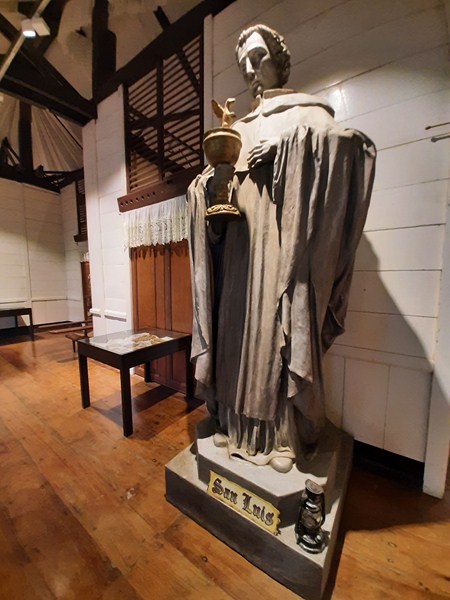
Statue of St. Louis Bertrand (1526-1581; Luis Beltrán). He was a Spanish Dominican priest who preached in South America during the 16th century, and is known as the “Apostle of the Americas.”
Also mounted on two glass display cases are the different kinds of cigars produced – Coronas, Corona Large, Double Robusto, Panatelas, Half Coronas, Native Coronas with Head, Higantes Double Head Small, Triple Rebusto Long, Imperiales, Higantes Double Head Long, Cortados, Higantes and Panatelas Largas.
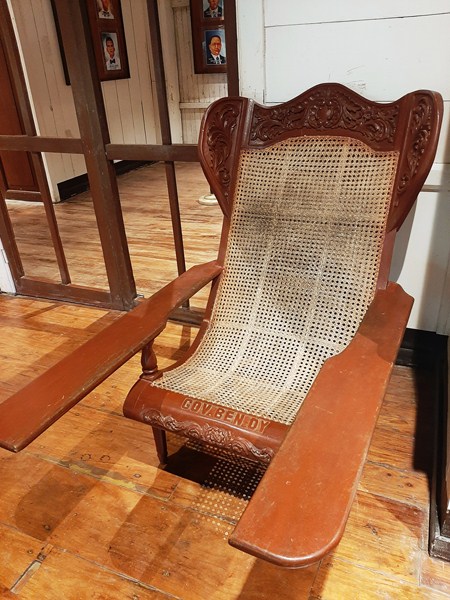
The handcrafted butaka, usually measuring 70 cms. x 57 cms. x 118 cms. and made of narra hardwood, has long armrests that weren’t really meant for arms; they were used for legs. During the Spanish era, it was commonly called the “lazy chair” of rich families. After a day’s work in the fields, hacienderos sat on the butaka as their resting chair. It was also used as a home style birthing bed, the rests passing for the more modern stirrups we have now at birthing hospitals. The chair’s style is Luis Quince-style sillon peresoza, common among lounging chairs found in Spanish Colonial Era in the Philippines. The seat is double caned ovate-shaped back with scroll arms with extended armrest on slightly curved stumps.
At the center of the rooms are five dioramas, in glass showcases, depicting the history and growth of Cauayan – Calanusian – Ang Unang Cauayan, Cauayan – Isang Bayan sa Lalawigan ng Isabela, La Flor de Isabela, Cauayan sa Panahon ng Commonwealth and Cauayan – The Ideal City of the North in the New Millenium.
Museo San Luis: Hacienda de San Luis Eco-Tourism Park, Brgy. San Luis, Cauayan City. Tel: (078) 652-2017. Mobile numbers: (0905) 390-1255 and (0926) 204-4429. Open daily, 7 AM – 8 PM.
Isabela Provincial Tourism Office: Provincial Capitol Complex, City of Ilagan, Isabela. Tel: (078) 323-3146. Mobile number: (0917) 317-3820. E-mail: isabelatourismoffice@gmail.com.
Isabela Provincial Information Office: Provincial Capitol Complex, City of Ilagan, Isabela. Tel: (078) 323-0248. Mobile number: (0927) 395-7555. E-mail: letters_info@yahoo.com.
How to Get There: Cauayan City is located 394.8 kms. (a 7.5-hour drive) from Manila and 35.5 kms. (a 45-min. drive) from the City of Ilagan.


